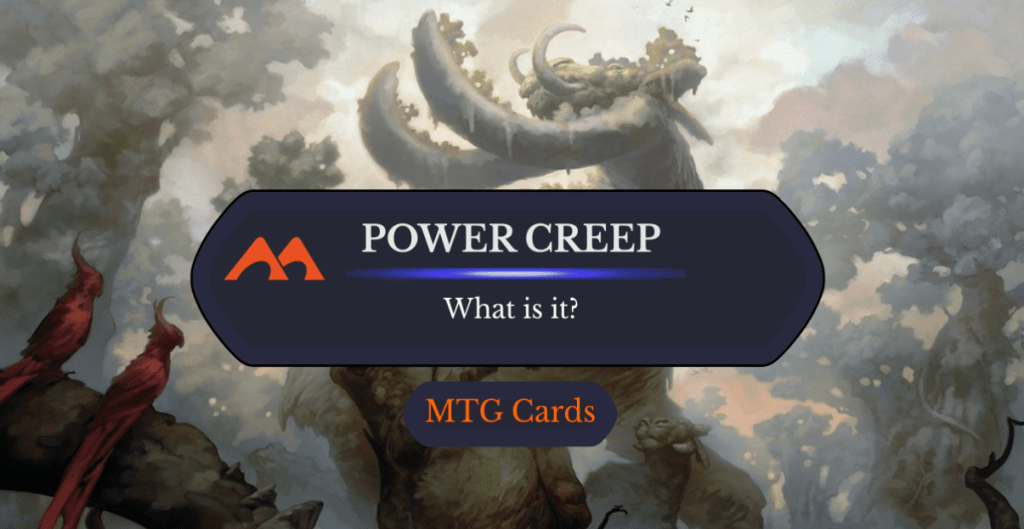
Elder Gargaroth | Illustration by Nicholas Gregory
In your Magic career you’ll often meet veteran players returning to the game after an extended hiatus. Maybe they started in Ice Age and the latest set drew them back in, or their children started playing so they’re brushing up on their skills (c’mon, you can’t lose to the kids). Whatever the reason, you’ll regularly hear those players say a few things. The art’s less experimental than they remember, then something about Shivan Dragon and Craw Wurm, and my favorite: “Wow these cards are way better than they used to be.”
Power creep’s a force to be reckoned with in Magic, pushing the boundaries of what Magic cards can do and how strong they are relative to the cards that came before them. It’s a natural part of any game that creates new game objects over time. However, despite its negative connotation, power creep’s not all bad.
Let’s explore this concept, how it happens, and what it means for present-day/future Magic design.
What is Power Creep in MTG?
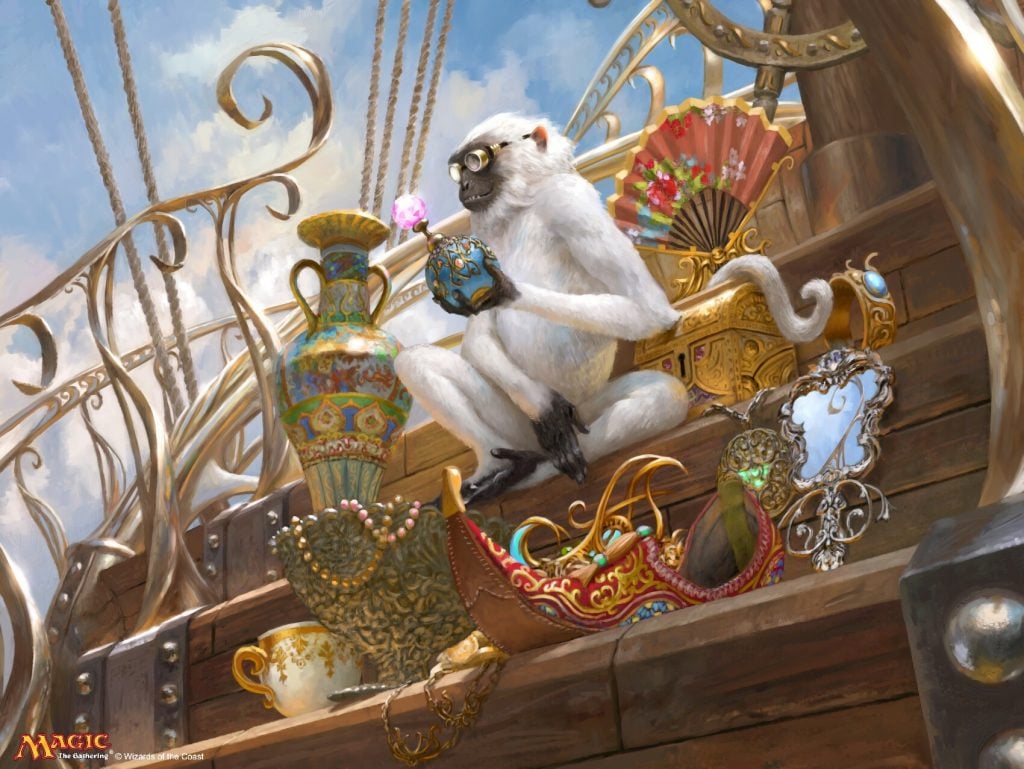
Ragavan, Nimble Pilferer | Illustration by Simon Dominic
Power creep in Magic is the natural tendency for cards to get more powerful over time, usually to the point where newer cards overshadow old ones. This occurs in almost every card game that releases regular expansions; the designers have an inherent need to make sure the new cards coming out catch the attention of players, and one way to do that is by making them slightly better than previous offerings. Plug that formula into a game that’s been around for 30 years and it’s pretty straightforward how we get from Mahamoti Djinn in the 1990s to Shimmer Dragon and Kairi, the Swirling Sky in the 2020s (and that’s a pretty tame example).
As the name suggests, power “creep” is usually a gradual process that happens over many years, which makes it tolerable. However, there are some occasions where a push in power level comes out of nowhere and resculpts the landscape of some formats. This was the issue with the two Modern Horizons sets (the second one in particular); these sets released cards that were so much better than most cards played in Modern that they immediately fielded out many established decks and archetypes overnight. If you wanted to play Modern, you’d now have to warp decks around the Modern Horizons cards that were pushed into the format all at once.
Power creep affects different formats in different ways, but the general consensus across all formats and new Magic sets is that cards are stronger now than they’ve ever been.
Why is Power Creep a Problem?
Despite being natural in trading card games, power creep as a concept has many negative implications, for several reasons.
First off, new powerful cards tend to render old cards obsolete. You might be fond of Thrill of Possibility, but why play that anymore now you have the strictly better Demand Answers? It’s an upgrade for you, sure, but having a stronger, more flexible version of Thrill of Possibility means the latter no longer matters.
To be fair, some cards should get better over time, especially when their effects become stagnant or fall behind on power level. However, this becomes more of an issue when you factor in the price of cards. In competitive play especially, top-tier cards can demand a high price tag, raising the barrier to entry for a format higher if a player wants to have competitive success. Imagine buying into a tier-1 Standard deck for around $150-$200, only for the next set to release even more powerful cards that are either necessary to compete or completely trump your deck and knock it out of competitive viability.
The general power level of cards also exacerbates the play vs draw dilemma in Magic, in which the player on the play has an overwhelming advantage across nearly every format by virtue of winning the die roll. When threats are as cheap, efficient, and snowbally as they are now, the player who wins the die roll can present multiple must-answer cards during the early stages of the game, forcing their opponent to have immediate answers or stifle their own game plan development to handle the threats.
Examples of Power Creep
Strictly Better Cards
The most obvious example of natural power creep is the printing of strictly better cards. This is a term that gets thrown around pretty loosely, so let’s set a hard definition on what we're talking about here.
Card A is strictly better than Card B if, in a vacuum, Card A has at least one advantage over Card B, with zero disadvantages. Meaning it can do everything card B can, plus something.
That “in a vacuum” part is important; “strictly better” is a concept that only matters in a comparison between exactly two cards without considering board states, external interactions, etc. Lightning Bolt is strictly better than Shock 100% of the time even if you engineer situations in-game where it’s better to have Shock. If you disagree with that statement, you’re getting caught up on the dictionary definition of “strictly,” not the definition that’s used by the game developers.
It’s pretty easy to see how printing a strictly better card leads to power creep. Card A exists for X amount of time, then the strictly better Card B shows up, and now there’s no reason to ever touch Card A again.
Bone Splinters saw print quite often, but then Bone Shards was released in Modern Horizons 2. Bone Shards has added functionality that makes it strictly better than Bone Splinters; given the choice between the two, you should always run Bone Shards. That means Bone Splinters is all but obsolete now, gathering dust in bulk boxes with no reason to dig them out.
Perhaps you’re running a Commander deck or playing a Cube that has a need for redundant copies of similar effects, so the cards that got power crept aren’t completely dead, but as far as new releases go, it’d be pretty puzzling to ever see Altar's Reap again when we know Village Rites and Deadly Dispute exist.
Oversized Creatures
There’s been a recent trend of putting really high numbers on creatures for seemingly no reason. This is usually (but not always) “balanced” by the high mana value of the creatures, though even that’s not always true anymore.
Cards that come to mind in this category include Ghalta and Mavren and Yargle and Multani on the high end, and cards like Sentinel of the Nameless City, Sheoldred, the Apocalypse, and Subterranean Schooner lower on the curve. A particularly egregious recent example is Anzrag, the Quake-Mole, an 8/4 with all upside that isn’t particularly hard to cast.
Am I saying these cards are too good? No, absolutely not. Well, maybe Sheoldred. But they signify a trend where cards just do more and have larger stats than what was status quo for quite some time. This is particularly problematic on cheaper cards; Sheoldred, the Apocalypse being a 4/5 for 4 mana is a huge contributing factor to that card’s success.
Low-Curve Powerhouses
Perhaps the progenitor of most power creep issues is the printing of hyper-efficient, super powerful cards that only cost 1-3 mana. Think Fable of the Mirror-Breaker, Adeline, Resplendent Cathar, Ragavan, Nimble Pilferer, Inti, Seneschal of the Sun and so on. These threats can solo a game if left unchecked for a minimal mana investment.
The prevalence of cards like this leads to a couple of developmental responses:
- Since cheaper cards are packing more power than ever before, more expensive ones need to keep up by being even more over-the-top (see: Vorinclex, Bonehoard Dracosaur).
- With threats being pushed at lower mana values, the removal needs a bump up in efficiency to deal with those cards, further fielding out high mana value cards. Having efficient answers to threats is always good but removal in recent years is better than ever (compare Bitter Triumph to Doom Blade, or Obliterating Bolt to Lava Coil).
- Classic control decks suffer. Countermagic hasn’t gotten much better in the last 10+ years and many threats are resilient to sweepers, causing games to become more about tempo and removal than playing to the late game.
People like to play with powerful cards but concentrating so much power into cheap plays warps just about everything around it, leading to a response of printing even more powerful answers, which in turn demand more resilient threats, and so on. It’s a bit cyclical in nature, but these cheap game-winning cards are largely responsible for persistent power creep in new sets.
Free Keywords
This is a smaller category for sure, but it’s become apparent that some keyword abilities are being tacked onto creatures basically for free. Cards like Sentinel of the Nameless City and Wojek Investigator charge a player no extra mana for vigilance, which is an extremely relevant ability considering these creatures already have incredibly high stats for their cost. Green creatures have trample much more frequently than ever, which is actually a net positive for the color (not all power creep is bad). Even flash is used more often than ever before.
Another recent trend has been giving well-stated value creatures a slew of defensive keywords. Elder Gargaroth is a particularly egregious example that brick-walls an aggressive opponent’s ability to push through it and has vigilance for some ungodly reason. Breeches, Eager Pillager and Bonehoard Dracosaur represent massive value engines and first strike means they can play defense the turn they come down, shutting off a lot of avenues for dealing with that kind of card (that is, offering trades or trying to race).
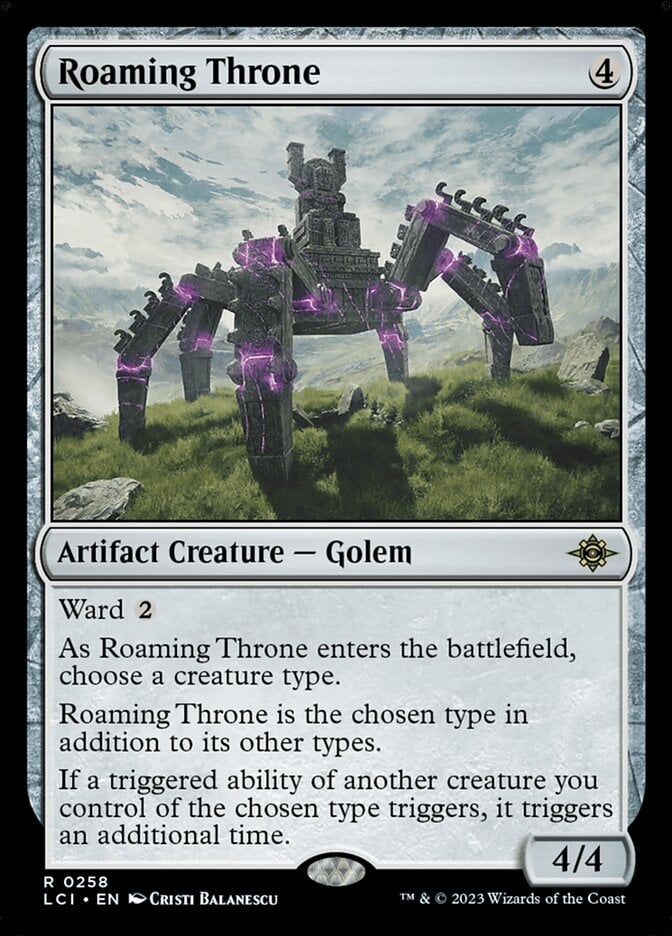
The kicker here is ward, which is used so loosely in modern card design to ensure just about anything that doesn’t generate immediate value on ETB sticks around long enough to do whatever it’s supposed to do, whether that’s an attack trigger or an effect like Roaming Throne’s. It might seem weird to complain about ward given how favorably it compares to protection mechanics of the past like hexproof and shroud, but it feels like it’s being overused lately. It also makes targeted removal inherently weaker, leading to the natural response of just juicing up removal in general (which again, fields out expensive plays).
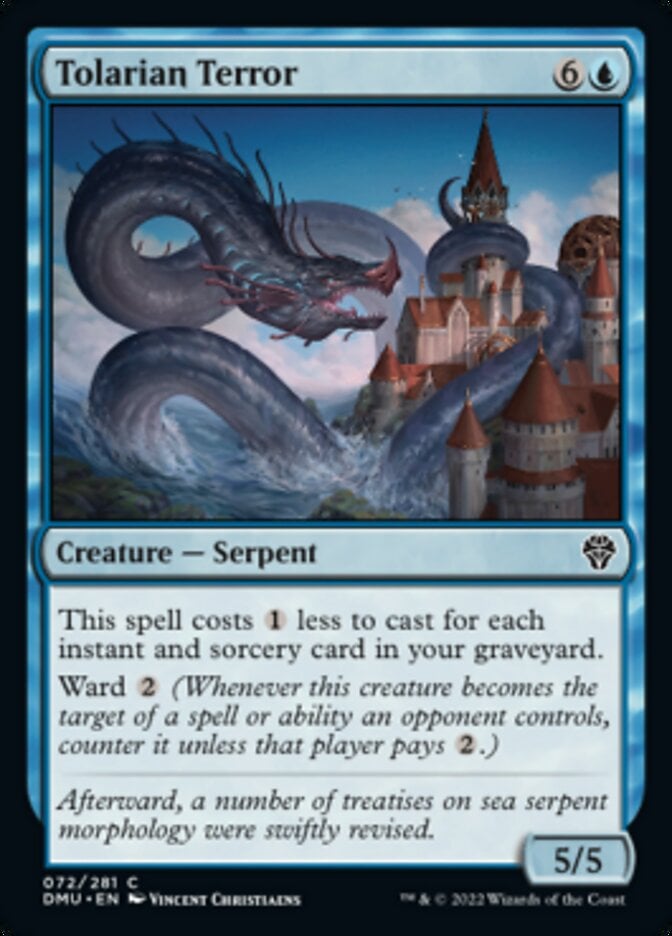
The counter-argument here, of course, is that ward gives expensive plays more of a fighting chance than they would have otherwise, especially in Constructed formats. Costing 4+ mana without an immediate impact on the game is a deal-breaker in Constructed, and ward makes it that much more likely these cards see play, since it forces opponents to at least trade at parity with their removal spells. Tolarian Terror, for example, wouldn't be the roleplayer it is in Pauper or Standard if it didn't have Ward .
Commander’s Influence on Power Creep
Commander is essentially the driving force behind present-day Magic design. There’s still careful consideration being put into Limited and Standard, but Commander is easily Magic’s most popular format and it makes sense to cater new sets to the format attracting and retaining the most players.
The thing is, Commander demands a much higher barrier to entry than a Constructed format. Dragon's Rage Channeler and Unholy Heat ain’t getting it done in multiplayer formats. Instead, Commander designs need to keep pushing the envelope by creating cards that scale well to 4-player free-for-all games.
This is how we get from Planar Cleansing to Farewell, or how we end up with a planeswalker as unbelievably broken as Minsc & Boo, Timeless Heroes, or how a mechanic like the initiative goes on to break an entire Constructed format. These are all designed with Commander in mind, which has higher life totals, slower game play, and requires beating three opponents instead of one. Cards design to fit the context of that format account for all these factors; it’s the translation to 60-card formats that shows how truly busted they are.

My opinion is that it’s never made sense to allow cards designed specifically for Commanders into 1v1 Constructed formats. Those cards were designed with the intention of working in multiplayer formats; they were not balanced for a 1v1 20-life format. Complain all you want about the initiative and the monarch in Vintage Cube or Legacy, but those mechanics were not designed for those formats. Remember when True-Name Nemesis got printed and immediately broke Legacy? I think this is a fault of those formats legalizing Commander-specific cards, not a fault of the cards themselves.
At any rate, the point here is that Commander’s power threshold is much higher than any Constructed format’s. Because of that, extremely powerful cards get printed that push the power level of traditional effects and baseline stats. When those cards get ported over into formats where they don’t belong, they begin to snuff out existing cards in those formats. The response: Print better cards that deal with those ones and accept that the power creep is inevitable.
How Does Power Creep Happen?
There are people behind the game of Magic; designers and developers and testers and all the rest. So to some degree, power creep has to be intentional, giving credit to the designers that they’re aware it’s a factor. Assuming the designers aren’t maniacally rubbing their hands together and trying to ruin the game, how does power creep continue to happen if it’s a known factor?
FIRE Design
Let’s talk about Magic’s current design philosophy, the one they’ve been using since 2019: FIRE design. This stands for Fun/Interesting/Replayable/Exciting, and basically aims to make every new card design fall into at least one of those buckets. Long story short, if you want to make cards that have one of the above traits, it means dropping your Wind Drakes and Siege Mastodons in favor of Inspiring Overseer and Organ Hoarder, which play very powerfully for commons.
Of course, you don’t want your uncommons outdone by commons, so those get more powerful too. Look back at any recent Limited set and you’re bound to find one or more “mythic uncommons” that ran the Draft tables. Imodane's Recruiter, Zoetic Glyph, Wingmantle Chaplain, Morbid Opportunist… the list continues.
Naturally, if the uncommons are now doing things usually associated with rares, the actual rares and mythics need an overhaul. They’re not all bombs (thankfully), but recent Limited sets have way more A/B+ style cards than they did five or so years ago.
FIRE design reared its head with the release of Throne of Eldraine and Modern Horizons. These sets introduced unbalanced cards like Oko, Thief of Crowns and Hogaak, Arisen Necropolis into different ecosystems, resulting in numerous bans across formats. Eldraine in particular is the set I pinpoint as the transitioning point for modern Magic, where cards like Embercleave, The Great Henge, Syr Konrad, the Grim, and so on were just doing more things in every textbox. Questing Beast is the most FIRE design card that ever FIREd.
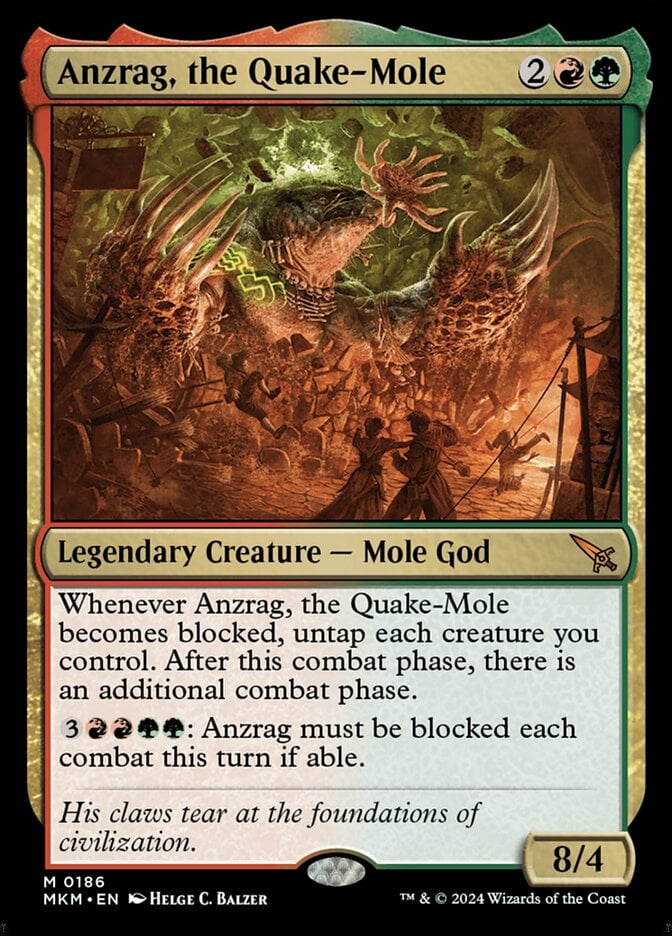
FIRE design has led to some absolute all-star card designs, but one way to make cards more “interesting” or “exciting” is to make them inherently powerful. That’s how you end up with a card like Anzrag, the Quake-Mole having 8 power instead of the 4 or 5 you’d expect. You see that card and think “wow, that’s an 8/4 for 4.” It excels at the goals of FIRE design, but perhaps at the expense of game play.
Pushing Cards

Every now and then, Magic R&D intentionally pushes the power of cards that they hope to see played in various formats, usually Standard. This usually happens when a new card type gets introduced, resulting in cards like Smuggler's Copter slipping through the cracks while R&D figures out how to tweak that new technology.
Banlists can course-correct if something gets too broken, but sometimes too much gets pushed all at once. Modern Horizons 2 is the main perpetrator here. The cards in that set are so powerful that they overshadow everything else in Modern. Cards like Dauthi Voidwalker, Esper Sentinel, Urza's Saga, Ragavan, Nimble Pilferer, and the evoke elementals completely reshaped that format, to the point where if you tune into a Modern match mid-game, chances are the key cards in play are cards from the Modern Horizons sets.
This is less power creep and more power smack-everyone-in-the-face and really hurts the health of the game, not to mention the financial burden given to players who now need to buy into an entire metagame’s worth of new Tier-1 cards.
The Lord of the Rings: Tales of Middle-earth saw another power spike with the release of cards like The One Ring and Orcish Bowmasters. Older formats, save for maybe Vintage, are defined by cards that released within the last few years, which leads to accelerated power creep and diminishes the viability of many cards that have been historically competitive across several different formats. When was the last time you saw a “Delver” deck actually play Delver of Secrets?
Complexity Creep
We’ve reached an age of Magic where reading the card no longer explains the card. In addition to general power creep, you might sometimes hear players talk about “complexity creep.” In other words, as cards get more powerful, they also become more complicated.
The average number of words per set has been steadily increasing for some time now, and there are more mechanics than ever that require knowledge of the game without necessarily being written on the cards. Show a first-time player something like Call of the Ring or Explore the Underdark and see if they understand what those cards do without having to look it up or reference another game piece altogether.
There are a lot of contributing factors to complexity creep, but here are some of the main ways it manifests on cards and in games:
Token-Makers
There used to be a soft rule in Magic design that a single card shouldn’t make multiple types of tokens, since that burdens the player to have some way of tracking those tokens in a game. This wasn’t a definitive rule, since we still saw cards like Bestial Menace and Trostani's Summoner, but it’s much more commonplace now.
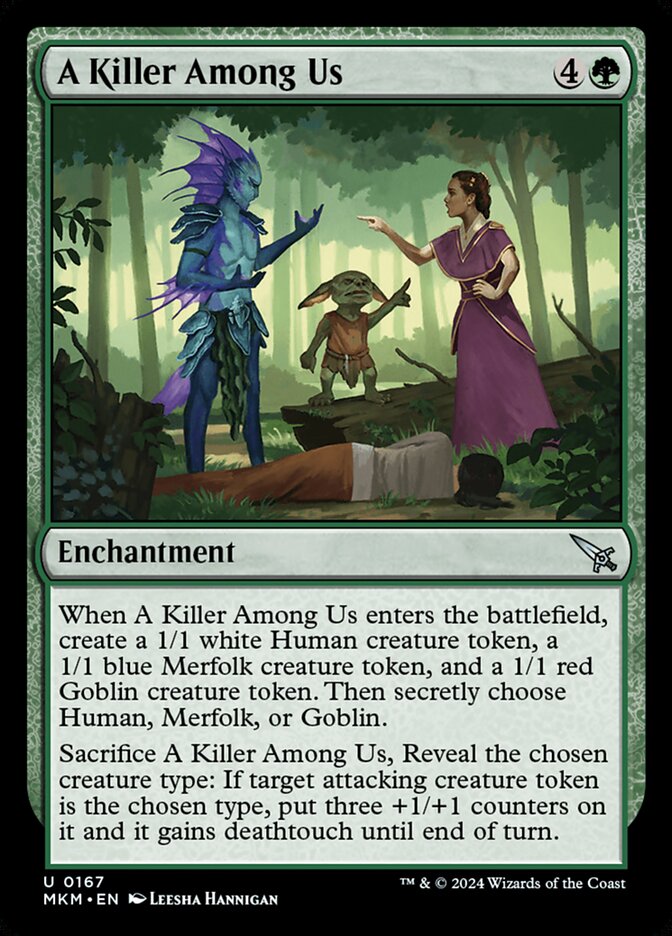
This is a non-issue on digital platforms, but if you attended a recent Murders at Karlov Manor pre-release, you may have encountered an uncommon called A Killer Among Us. Cool card, no doubt, but it’s an absolute nuisance to track in paper. You have to find a way to represent three distinct tokens (which individually matter for the card), plus secretly name a card (whatever that means), and there are extra restrictions on the activation of the enchantment. Enfranchised players can work that all out, but that’s a lot to ask for someone who’s attending their first pre-release event.
You’re also probably well aware of the rampant tchotchke armageddon that’s been happening in Magic for a while now. If you want to comfortably track all the common trinkety artifact tokens generated in a Commander game, you’ll probably need to come equipped with a Treasure token, a Food token, Clues, Blood, Map tokens, and so on. These are great in-game objects, but add a layer of complexity to board states and general set-up/deck upkeep, and they’re all but necessary at sanctioned events.
Mechanics
Magic’s reached the point where it uses mechanics within other mechanics, which assumes a player already has a baseline knowledge of an existing mechanic to understand the new one. A Map token is its own separate game object, but requires you also know what explore means. Disguise is exactly the same as morph, but also incorporates ward, which is a tricky protection ability for new players to grasp. Planeswalkers and sagas are already complex permanent types that now incorporate other mechanics more liberally than they did in the past.
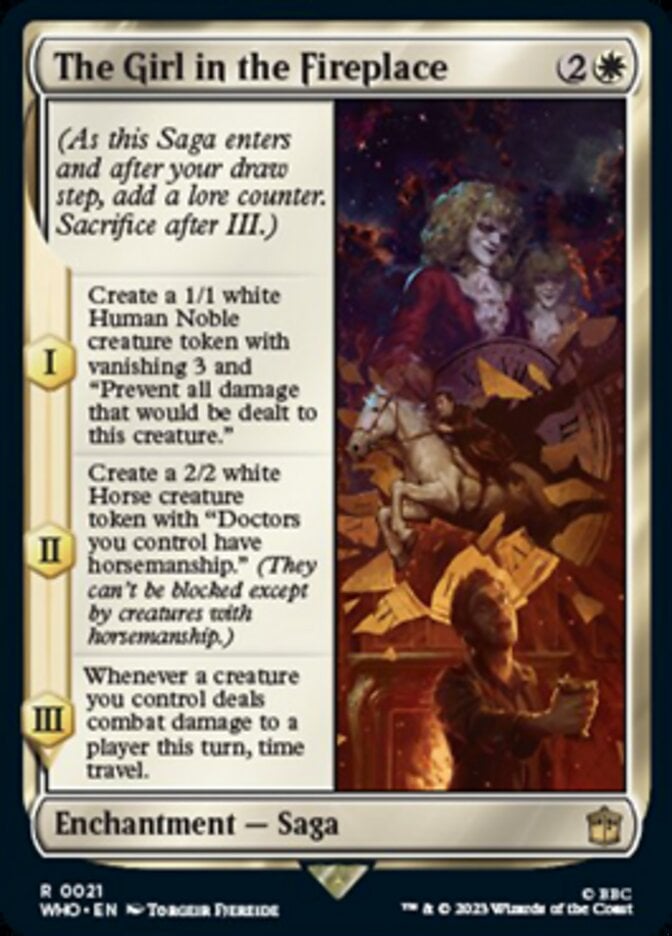
To highlight this point, take a gander at The Girl in the Fireplace. If you were a new player buying a Doctor Who precon as an entry point into Commander and read this card, would you understand it? It’s a saga, an already complicated card type, but also asks you to track two different tokens, each with different abilities, including horsemanship and vanishing, mentions something about Doctors on it, and also includes the WHO-specific time travel mechanic. The egregious part is that horsemanship includes reminder text but the card just assumes you know what time travel and vanishing mean. The card tells a story, but emphasizing flavor over function results in unnecessarily complex game play.
Copy/Clone Effects
Also in-line with tracking what’s happening on any given board state, it’s worth noting that copy and clone effects have increased in complexity lately too. It used to be that a Clone copies something and that’s that. But now we have copy effects that remove legendary status (Vesuvan Duplimancy), ones that alter the text or stats of the copied card (Ratadrabik of Urborg), and even cards that copy permanent spells directly on the stack (Lithoform Engine).
This all means it’s not enough to just use a face-down card laying around somewhere as a copy and say that’s that, you have to track all the changes to those copies in addition to remembering what it copied in the first place. It all leads to confusing boardstates and the need to keep up with more information than every before. All hail those dry-erase InfiniTokens for making all this easier to track.
Messy Templating
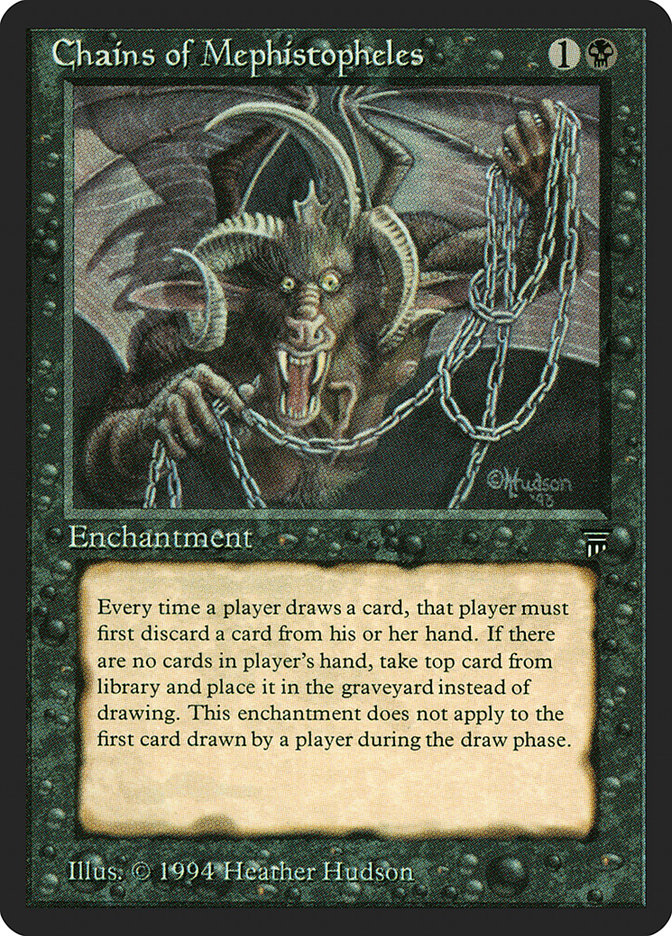
This is a category that harkens back to the early days of Magic design. I like to call these Chains of Mephistopheles cards, since reading the card often leaves you asking “what does this do?” We give early Magic cards a pass since designers were still figuring things out, but it’s much more difficult to just wave it away on modern-day cards.
Recent examples include Feral Encounter, Hurkyl, Master Wizard, Grizzled Huntmaster (let’s not get into Alchemy here), Kaya, Spirits' Justice, and literally all of the Transformer crossover cards. For the most part, these cards are trying to do something simple but get so caught up in rules minutia that they read like an inelegant jumbled mess. Hurkyl, for example, basically says: Cast a spell, draw a card of the same type on your end step. But it can't just say that, can it? It begs the question: If there isn’t a better way to template the card, should it be changed in development to make something a bit more clean and grokable?
Vanilla Creatures
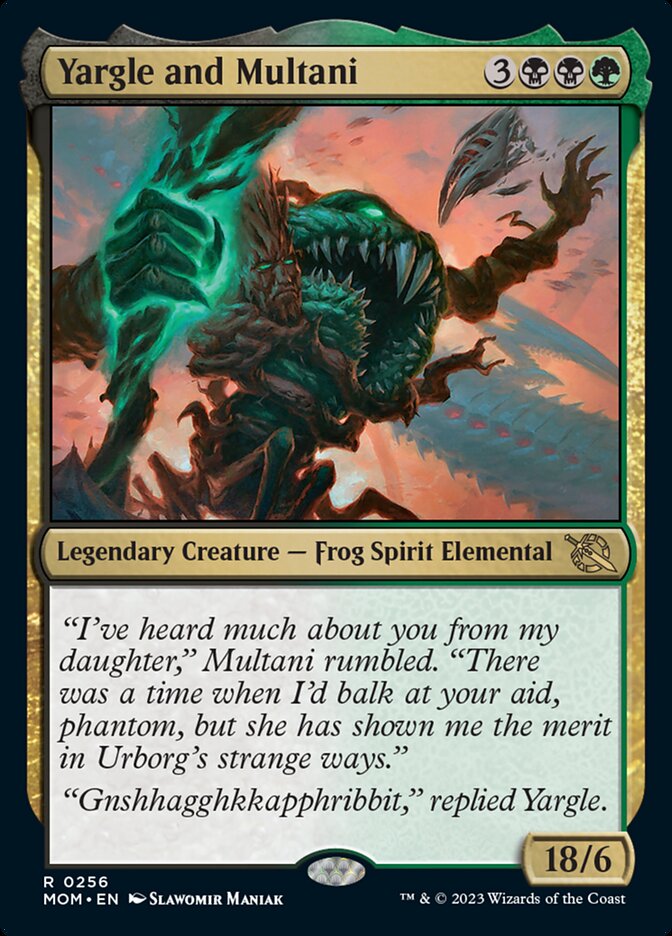
This really only affects Limited, since these creatures don’t usually make it into Constructed anyway, but let me ask: When was the last time you saw a vanilla creature in a Standard-release set? Aside from Yargle and Multani, the last vanillas we got were printed around the Strixhaven–Kaldheim era. Vanilla creatures used to be mainstays, and nearly every set had at least one vanilla per color to flesh out worldbuilding and the accompanying Limited set.
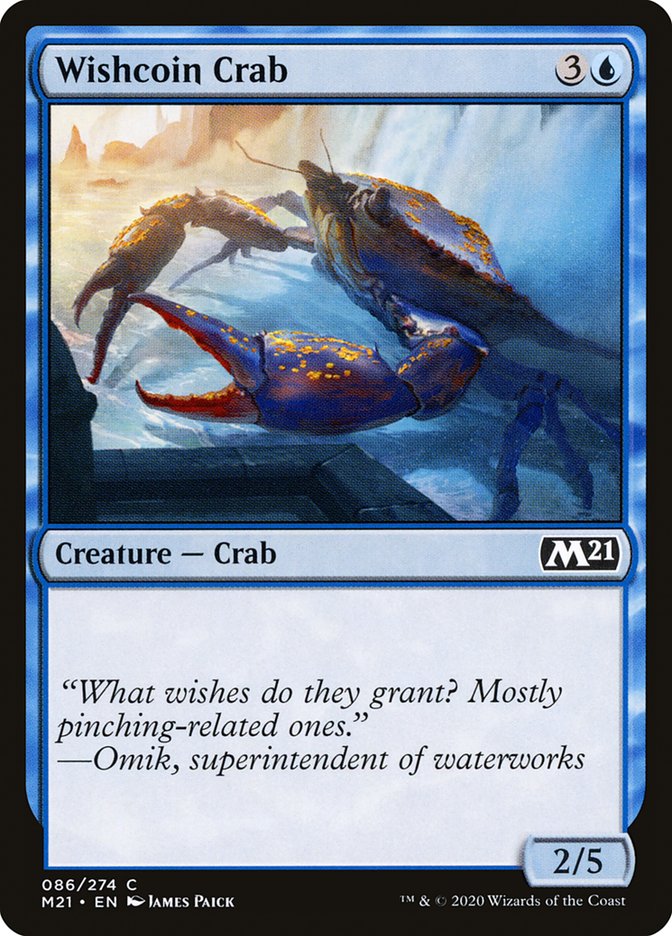
However, vanillas just aren’t interesting and they’re rarely important role-players in Limited anyway (pour one out for Wishcoin Crab from Guilds of Ravnica). They were silently phased out of modern sets, which means the slots they would have occupied are now filled by additional cards with effects and interactions you need to know. Sure, that might only be five additional cards you have to track, but that’s just another tiny nudge that adds to the overall power creep bubble. It’s not an overbearing factor on its own, but a contributing factor to this entire conversation.
Is Power Creep Actually Bad?
So now we get down to the meat of it: Power creep causes problems within the game, but is it all bad? Well let’s start by saying if it was that damning to the game, Magic wouldn’t have lasted at this level of popularity for 30+ years! So clearly if it’s bad, it’s not bad enough to uproot the entire game.
For all my fuss and bother in this article, I’ll come down and say that there’s plenty of positives to pull from the gradual power creep that happens in Magic. Let’s explore some of those.
Limited Gameplay
With a few exceptions, most Limited formats of the last three or four years have been at least good, if not fantastic. Standout sets like Dominaria United, March of the Machine, and Kamigawa: Neon Dynasty would probably not have landed the same without FIRE design influencing their direction to some degree.
Cards being stronger and better in general is a net positive for Limited. Sure, some cards reach a bit too high, but we’re past the days of scrapping together 19 playables and filling in the last few slots with cards we hope to never actually draw. We’re beyond actively avoiding 1-drops (now we avoid 5-drops!) since those, too, have been beefed up to the point they’re often some of the best cards in a set.
There’s an argument that the pendulum has swung too far in the opposite direction and some cards are too powerful for Limited, though there have always been bombs and other outliers. Maybe we don’t need cards like Gruff Triplets and Izoni, Center of the Web in every set, but juiced up commons and uncommons means the average deck has more tools to combat over-the-top bombs than they used to.
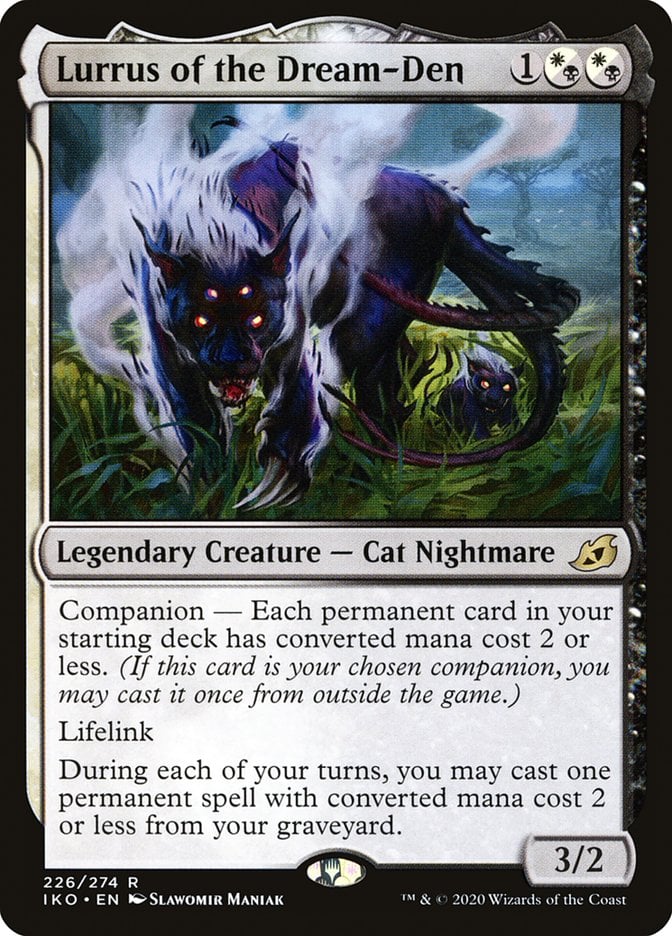
Limited sort of self-corrects power creep by virtue of being a rotating format that changes roughly once every three months. If there’s something you deem “too powerful” in the most recent set, the next set offers a completely fresh sleight of cards to explore. Power creep certainly affects Limited in the sense that overall sets have gotten more powerful over time, but the individual power outliers aren’t as much of a long-term issue there as they are in, say, Modern or Vintage, where a card like Lurrus of the Dream-Den either hits a ban list or warps the entire format around it for all of eternity.
Commander Implications
I already touched on how Commander influences card design for other formats, but as its own self-contained format, Commander is absolutely thriving in a world that favors more powerful and intricate card design.
Yes, gameplay is more complicated than ever before, which is amplified by trying to track everything happening on four different board states, but Commander has so many possibilities now due to modern card design. Yes, we get head-scratchers like Orcish Bowmasters or Golos, Tireless Pilgrim every now and then, but the social paradigm of Commander means power level is self-regulated to some extent, leaving players free to engage with more or less powerful cards as they see fit. That’s unfortunately untrue of competitive Constructed play, where opting for a less powerful deck isn’t really an option.
Natural Progression
Gradual power creep (not MH2 power creep) lets a game like Magic that’s been around for 30+ years push the boundaries and explore new territory. As much as we love to brandish our torches and pitchforks whenever a blatantly powerful card gets printed, we’d probably drop off the game entirely if Magic maintained the same flat power level for years on end.
Magic needs to evolve and adapt, it needs to take risks and experiment, and it needs to make sure new cards find a home somewhere, otherwise why make those cards at all? One way to do that is by turning a knob ever-so-slightly and giving players Petrify instead of Arrest or upgrading Rabid Bite to Hard-Hitting Question to keep up with the times. Some cards might become obsolete in the process, but that’s how games evolve. You can’t expect every new set to include 200+ new designs that don’t tread on at least a few of the 20,000+ cards that came before it.
Wasn’t Magic Powerful from the Start?
Let’s start winding this down, my blood pressure’s getting too high. This whole discussion about power creep in Magic brings up the viable counterargument that Magic card design was broken from the very beginning, with numerous cards throughout Magic’s history proving to be way more powerful than anything we see today. Modern-day Magic has nothing on the Power Nine or Tolarian Academy, so how bad can power creep be if the most powerful cards have existed for 20+ years?
While it’s true that Ancestral Recall is better than every other draw spell printed after it and Lightning Bolt is still the golden standard for a burn spell, these are individual cards in isolation, whereas power creep has affected entire sets and formats in modern-day Magic.
Cross-compare a set like Legends from 1994 to Murders at Karlov Manor in 2024. You’re going to see Legends all-stars like Karakas, The Tabernacle at Pendrell Vale, Moat, and Eureka stand out from the cards in MKM. There are maybe 5-10 cards in Legends that reach far beyond the power of any single card from Karlov Manor. Now compare the other 250-300 cards from both sets, and it’s clear that the average card quality of a 2024 card is significantly higher than that of Legends. Power outliers still exist across Magic’s history, but the average card is much more powerful than it used to be.
Wrap Up

Tolarian Academy | Illustration by Stephen Daniele
That’s probably enough heated discussion on this topic, I’m literally breaking a sweat here folks. Power creep is evident, it’s prevalent, and it’s as natural a part of the game of Magic as playing lands and casting spells. Like it or not, it’s almost necessary to make sure Magic still feels fresh and exciting after so many years of card design.
What we don’t need is more sets like Modern Horizons 2. We want to see gradual power creep, not entire format overhauls. We want to play with fun, interesting, and overall strong cards, but we don’t necessarily want to drop everything we’ve been playing with for years to make that happen. Complexity is its own issue, but I’m willing to accept it if leads to fun and well-designed cards and formats.
Of course, this whole essay comes from personal opinions and brief interpretations of what I hear from others in the Magic community. Now I want to hear from you. How has power creep affected the game for you? Is it out of hand, does it feel contained, or do you long for simpler card design? Let me know in the comments below or over in the Draftsim Discord.
Thank you for making Draftsim your #1 stop for all things Magic!
Follow Draftsim for awesome articles and set updates: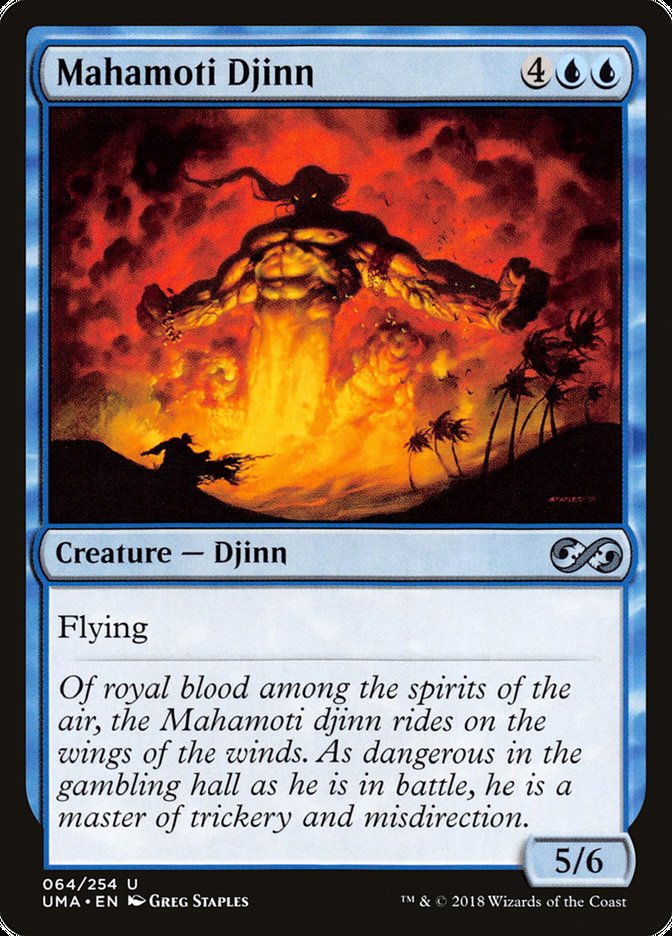
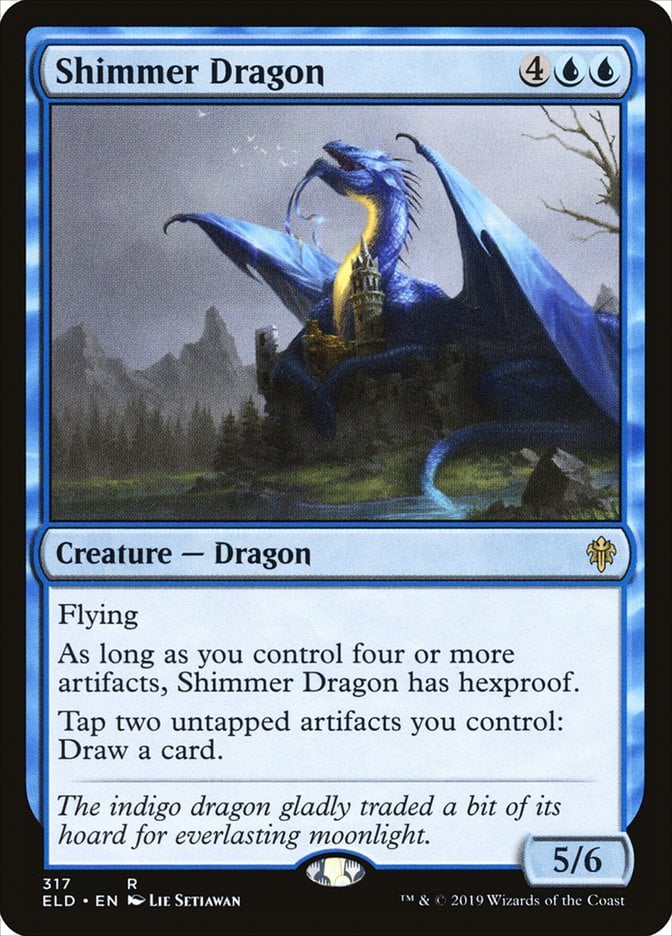

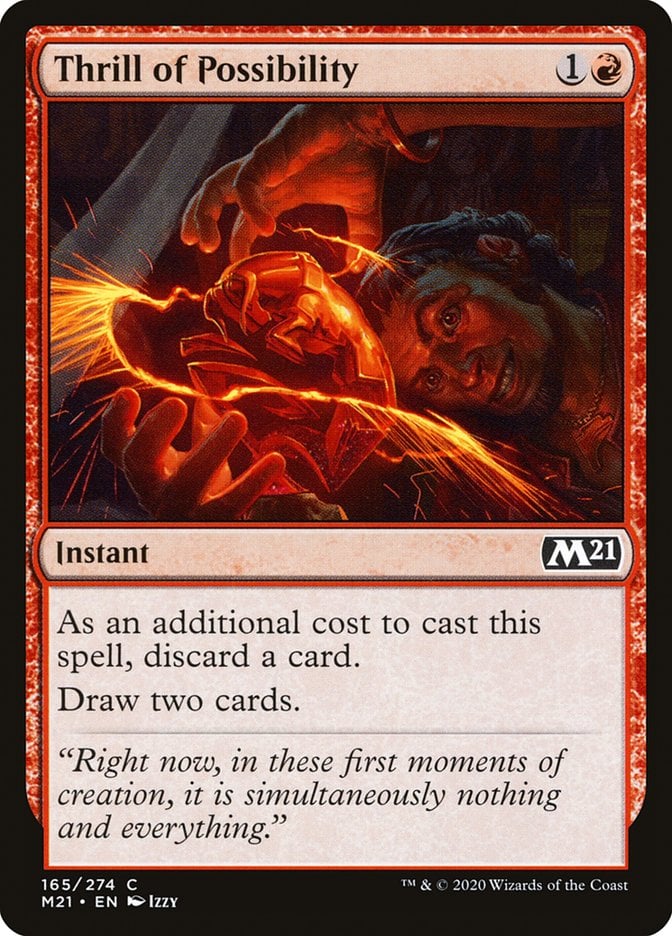
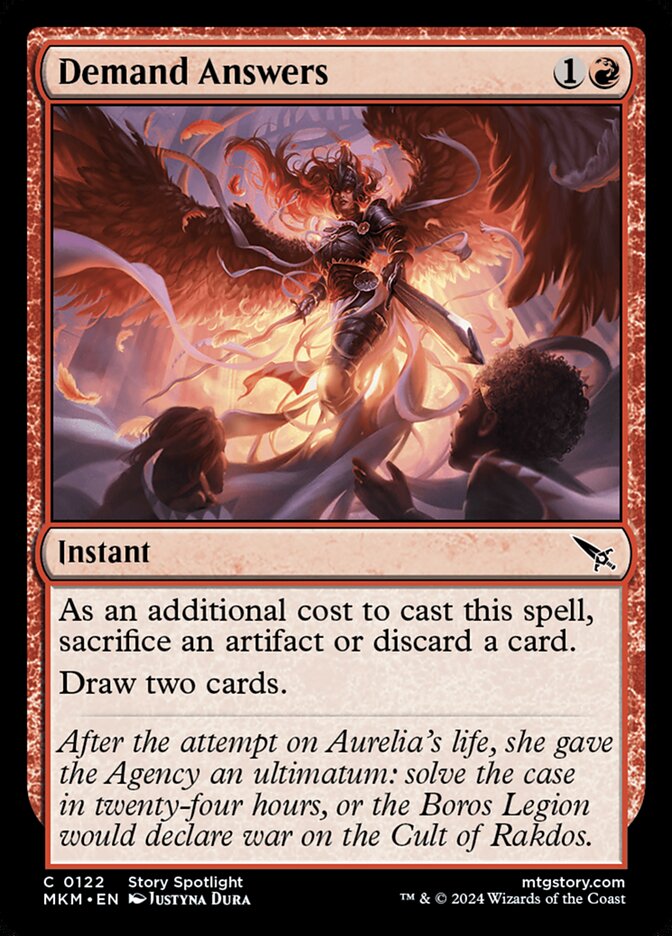
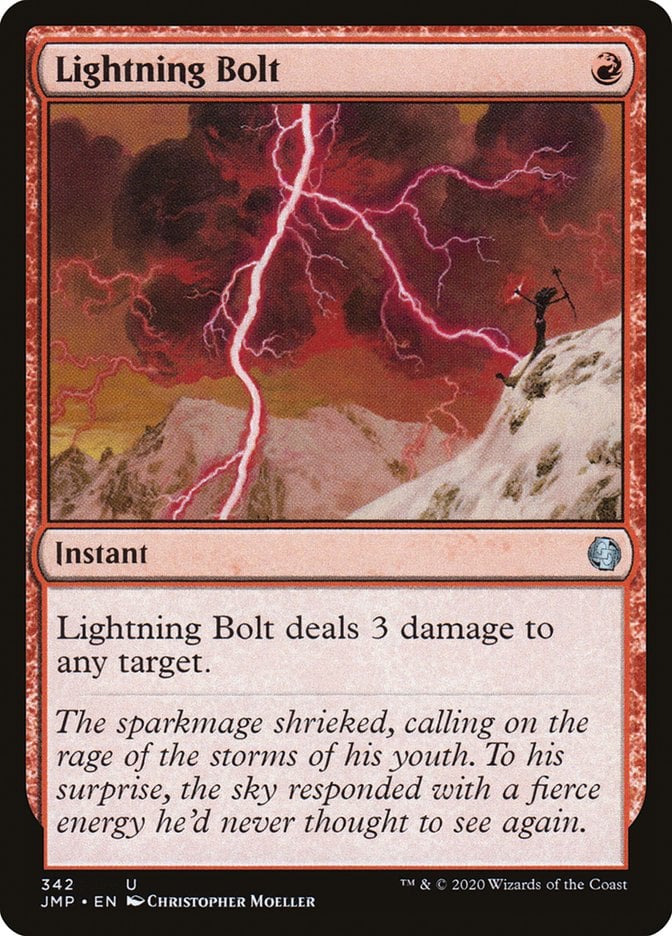
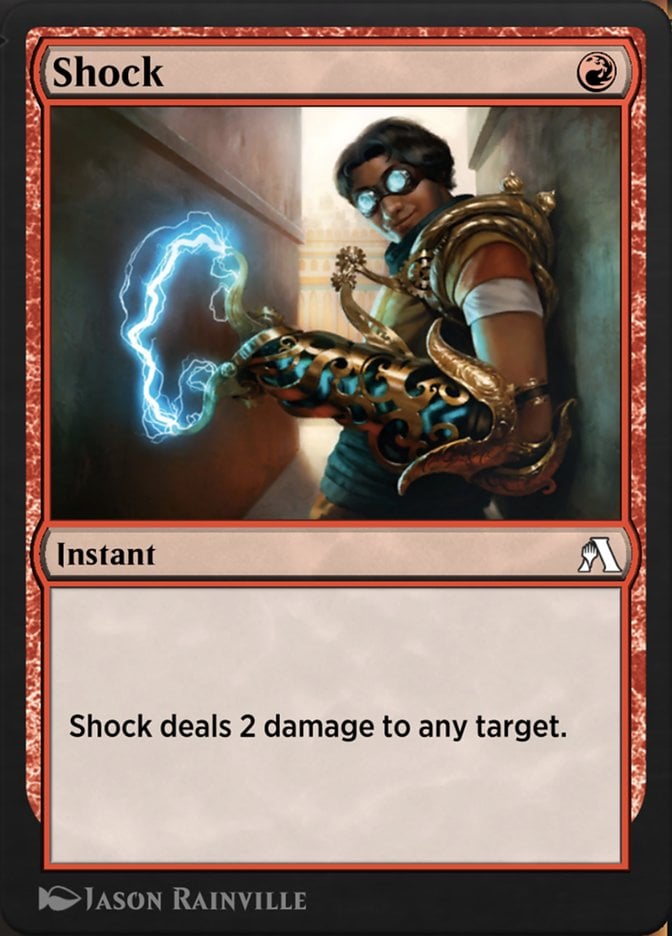
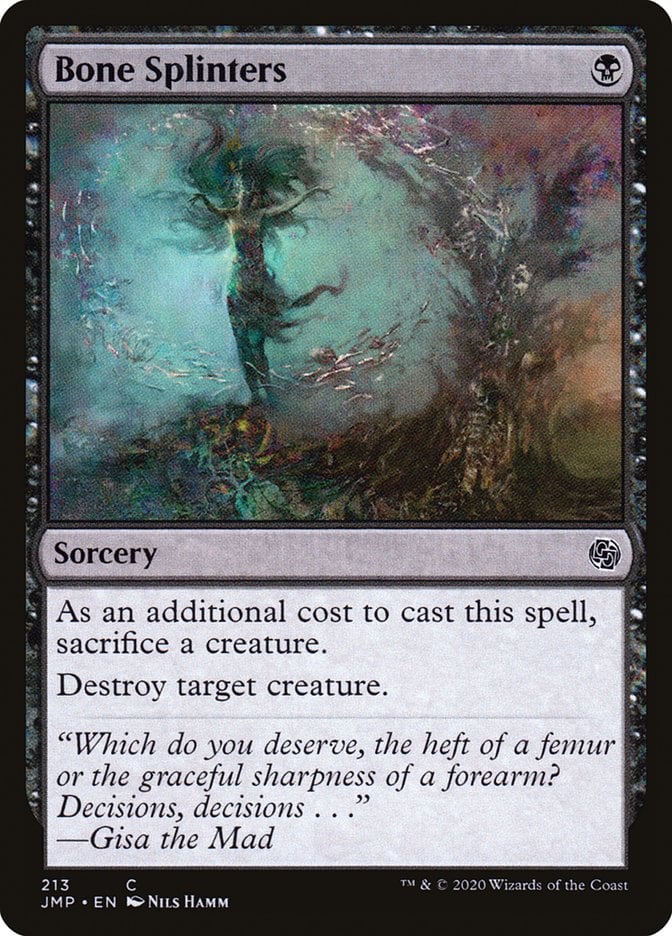
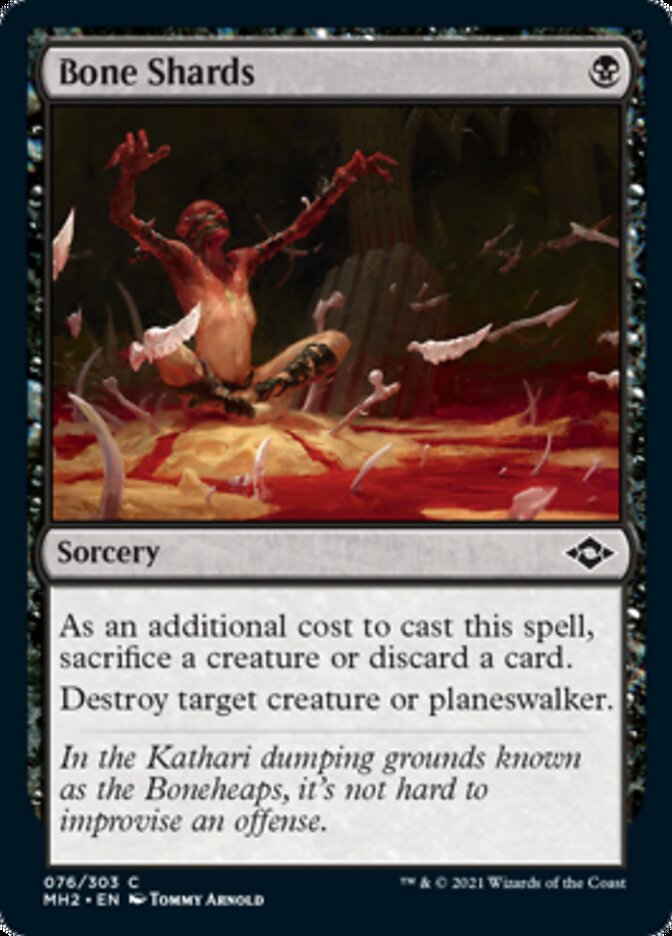

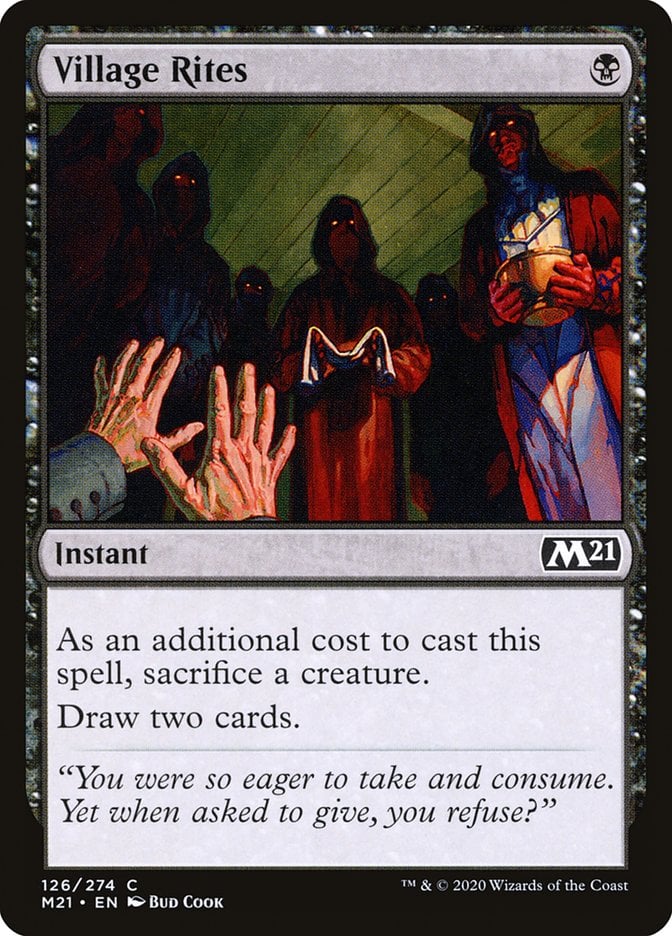
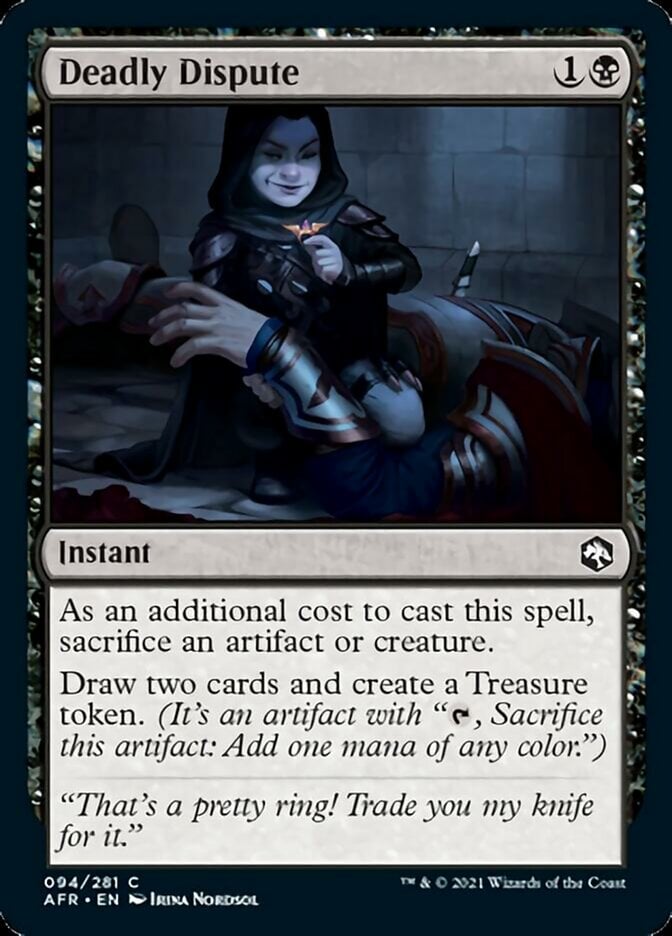
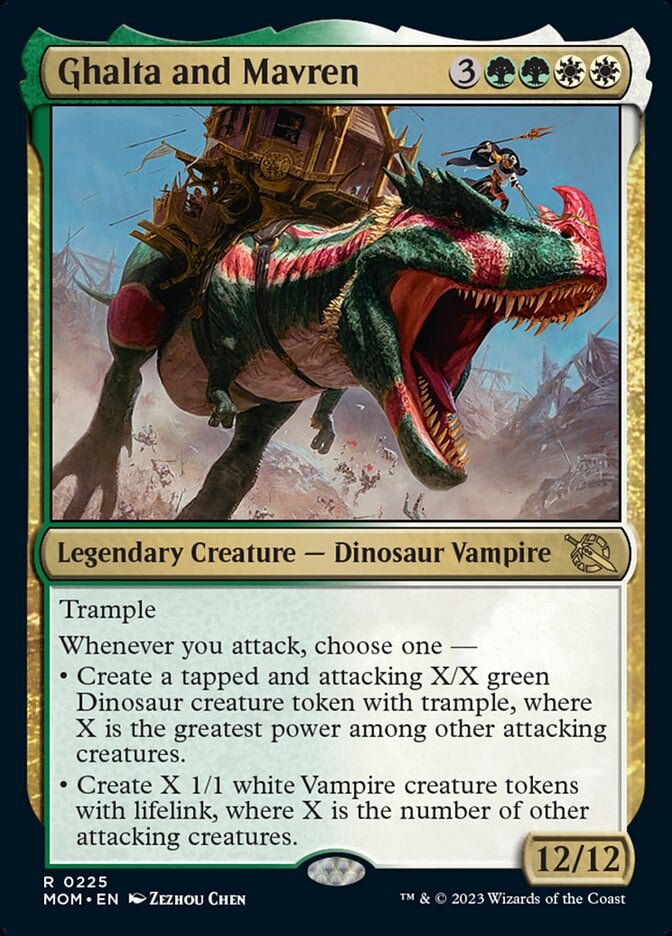



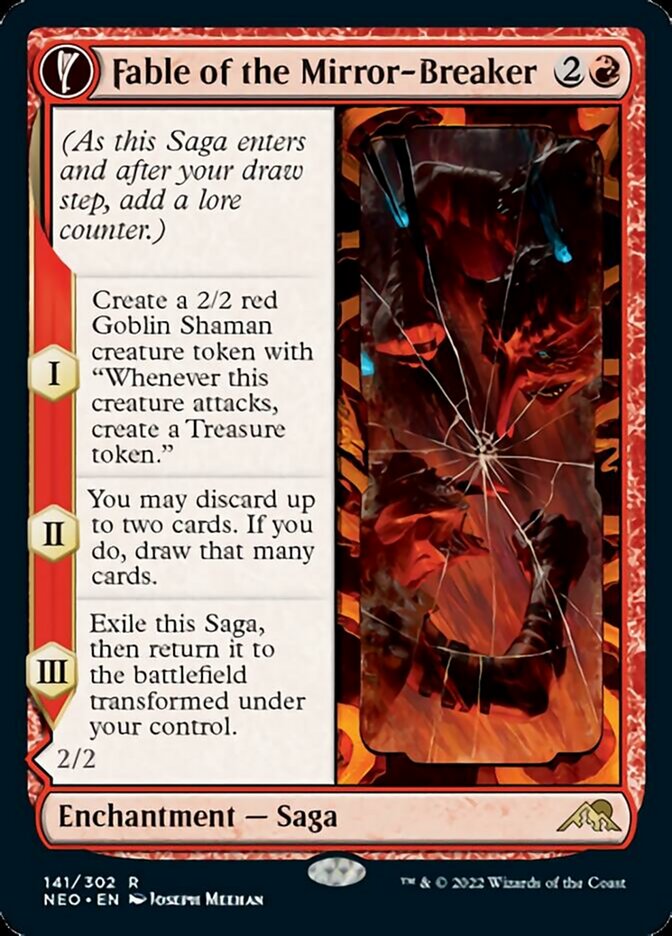
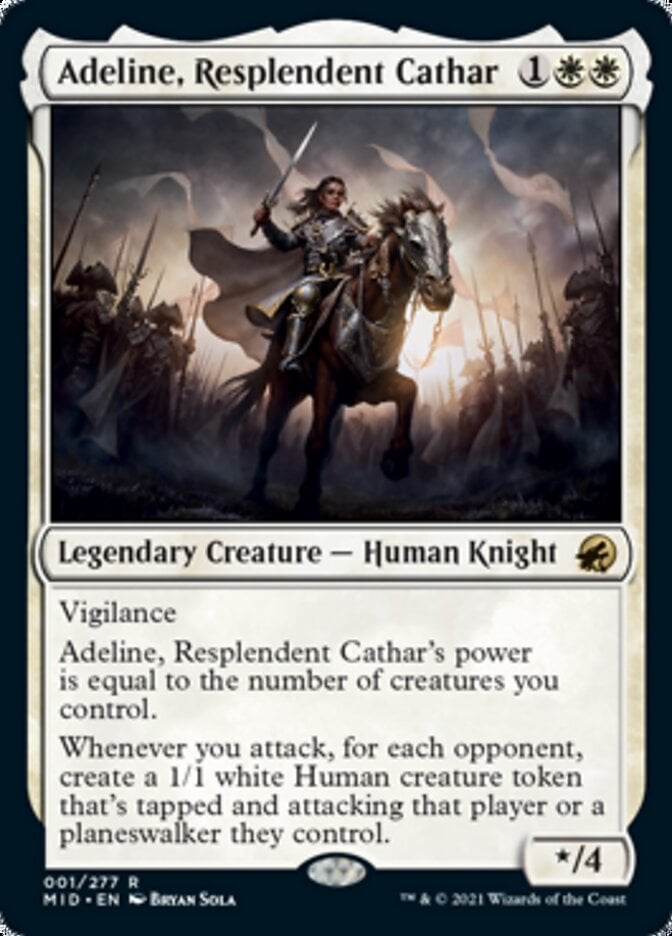
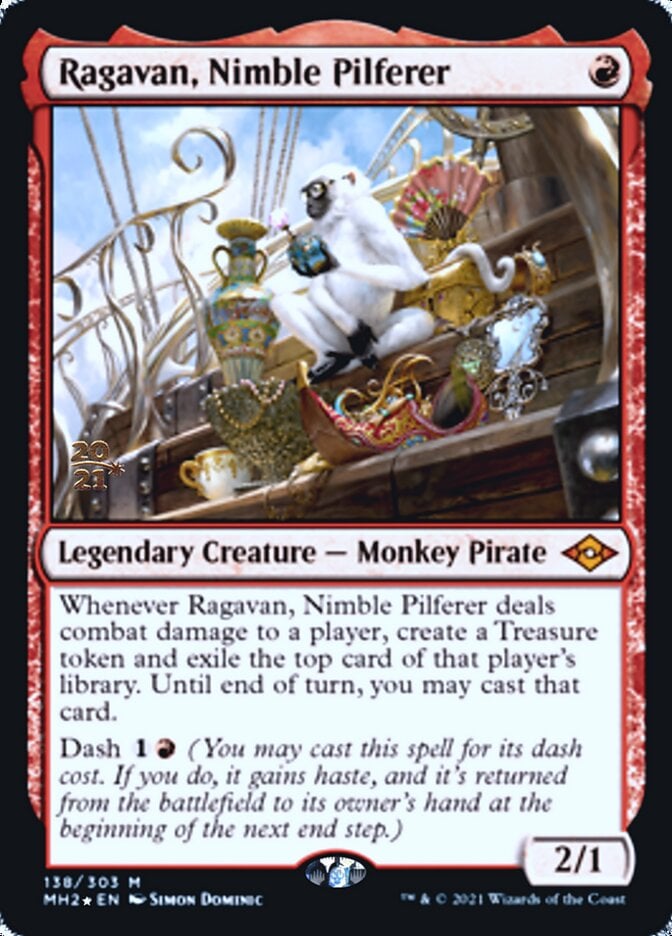
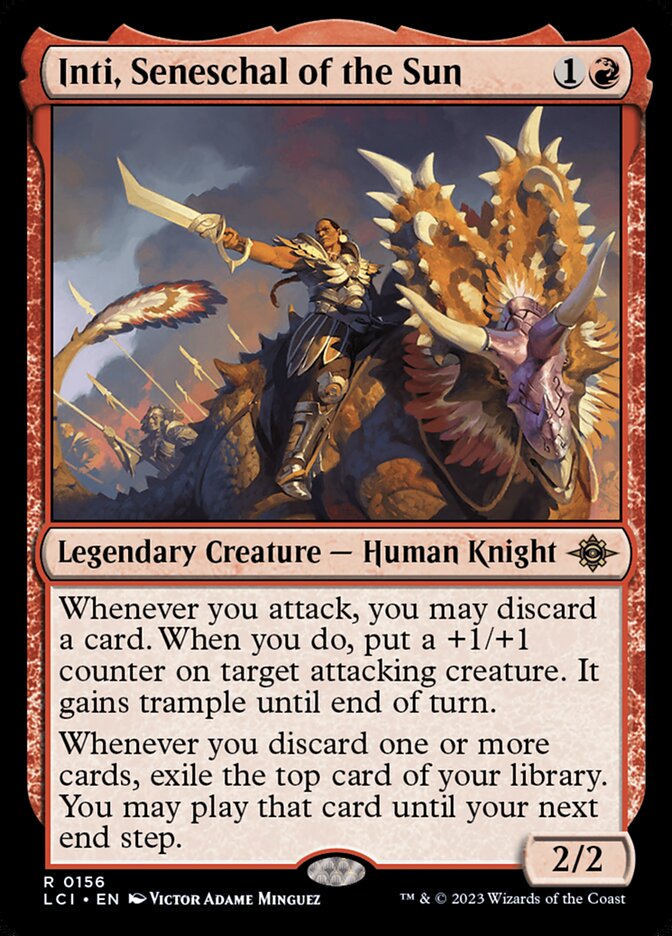
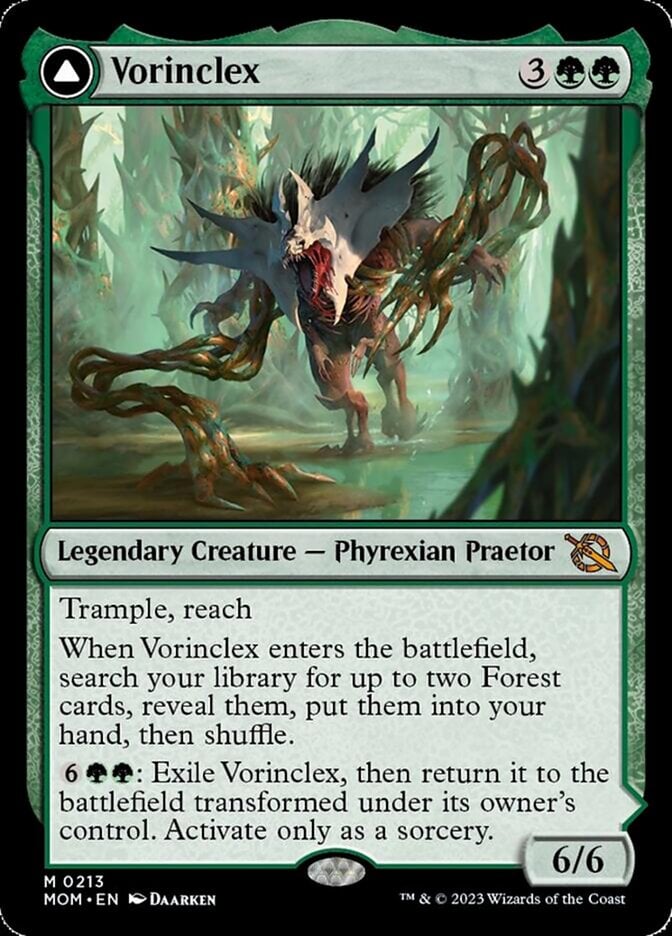
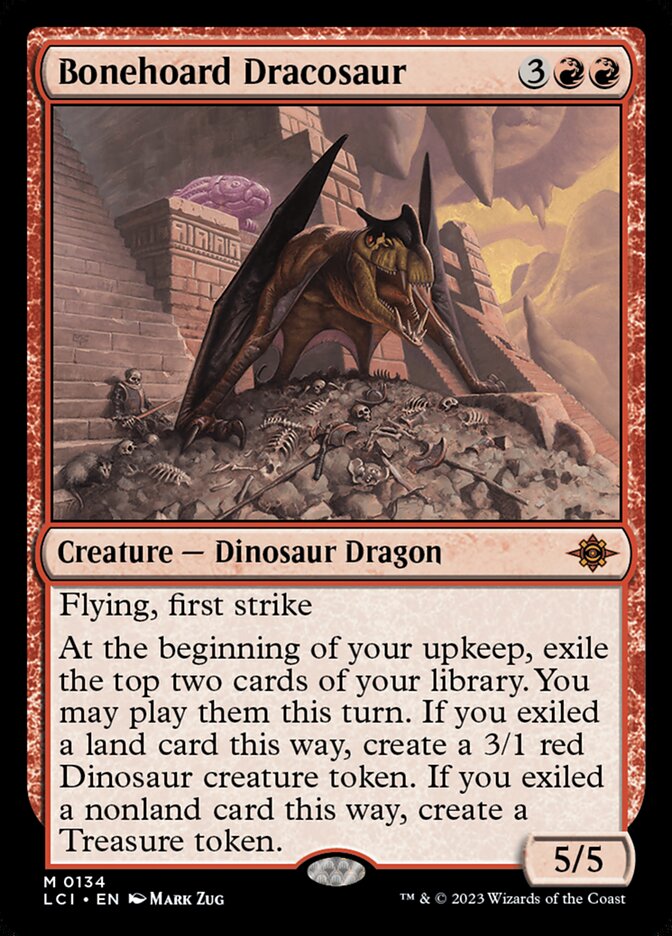
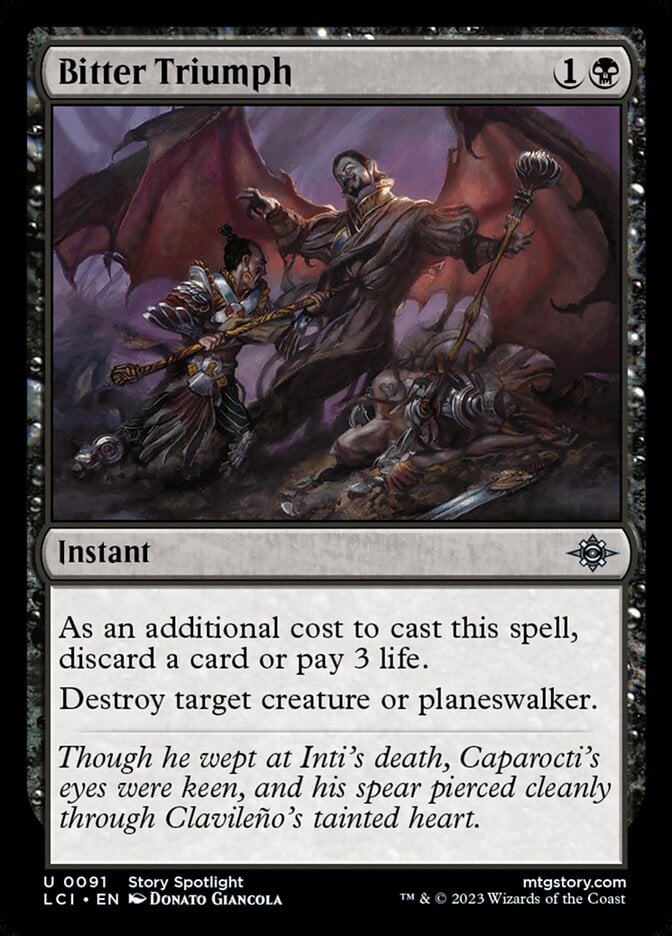
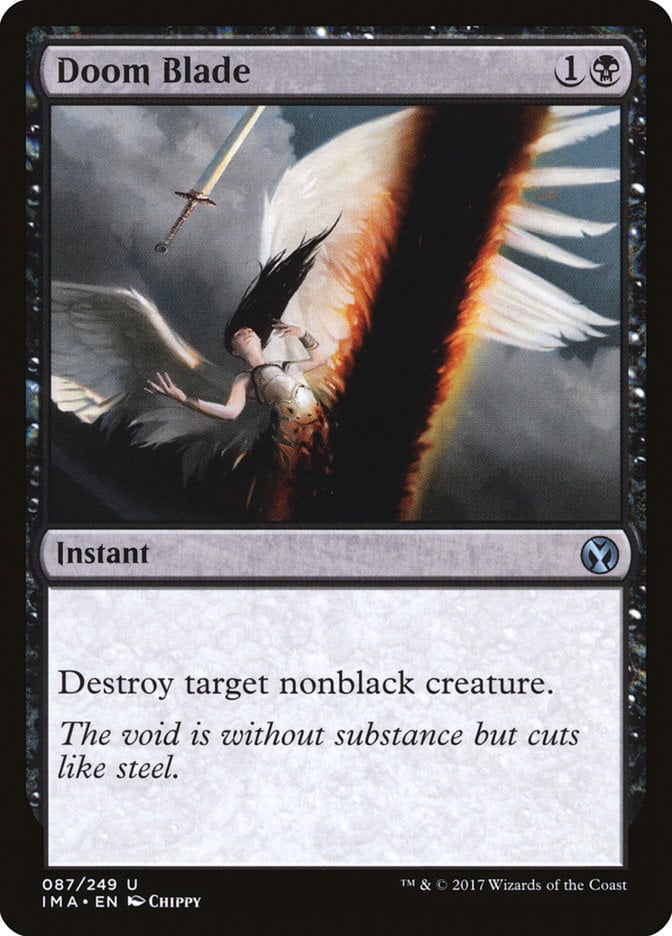
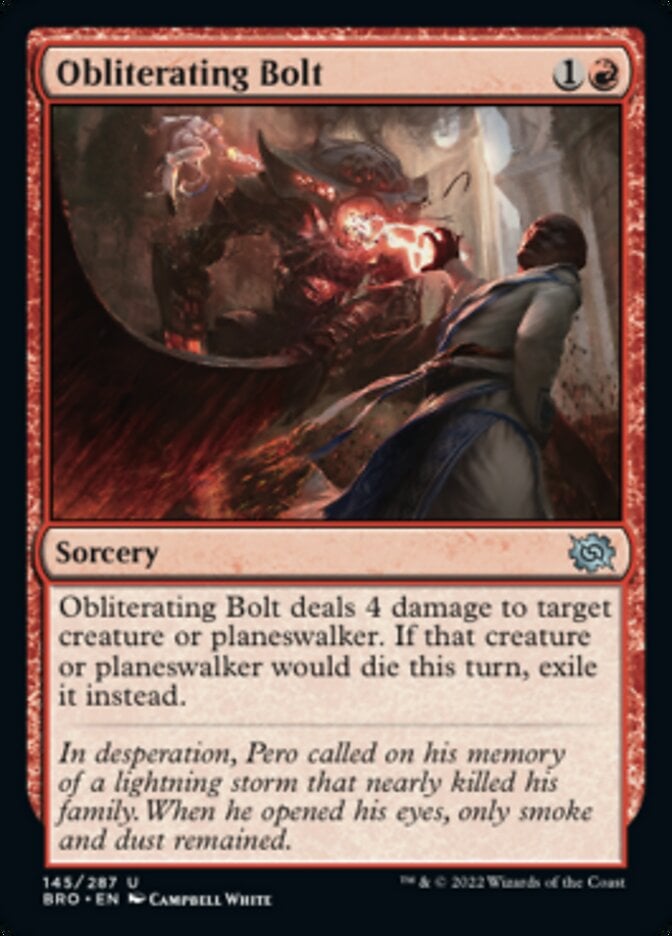
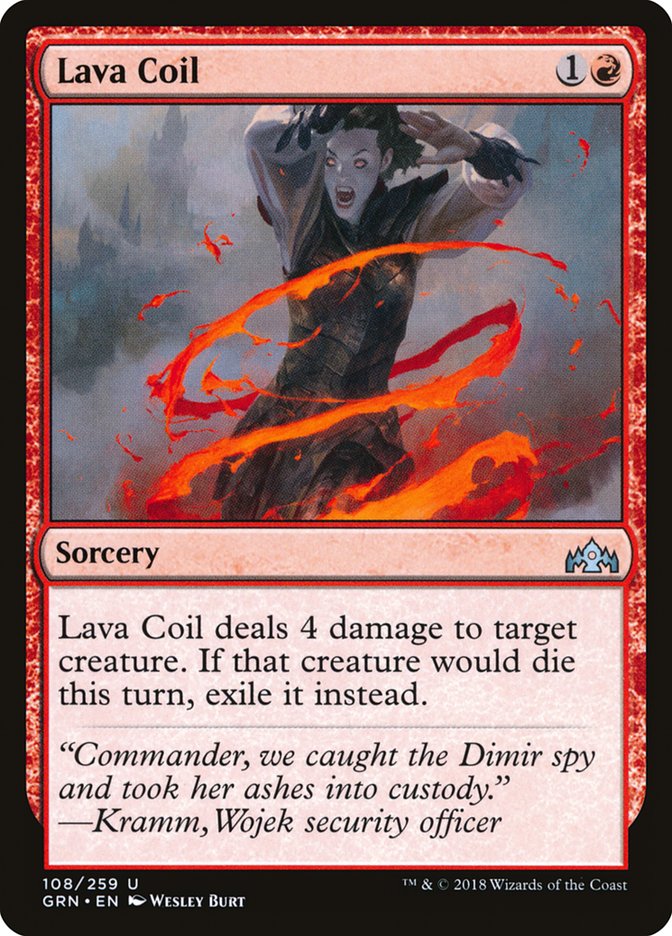
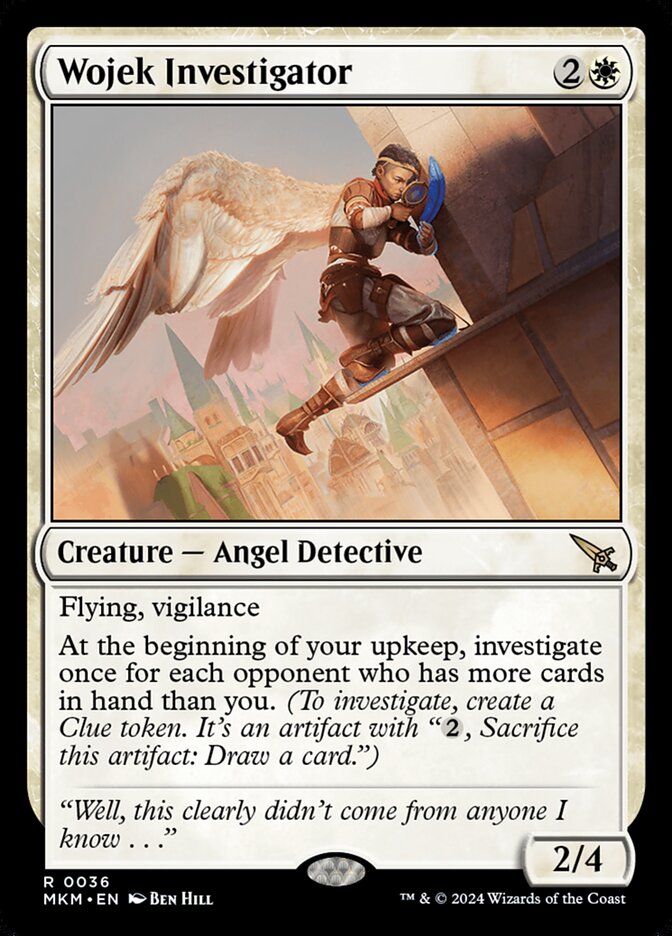
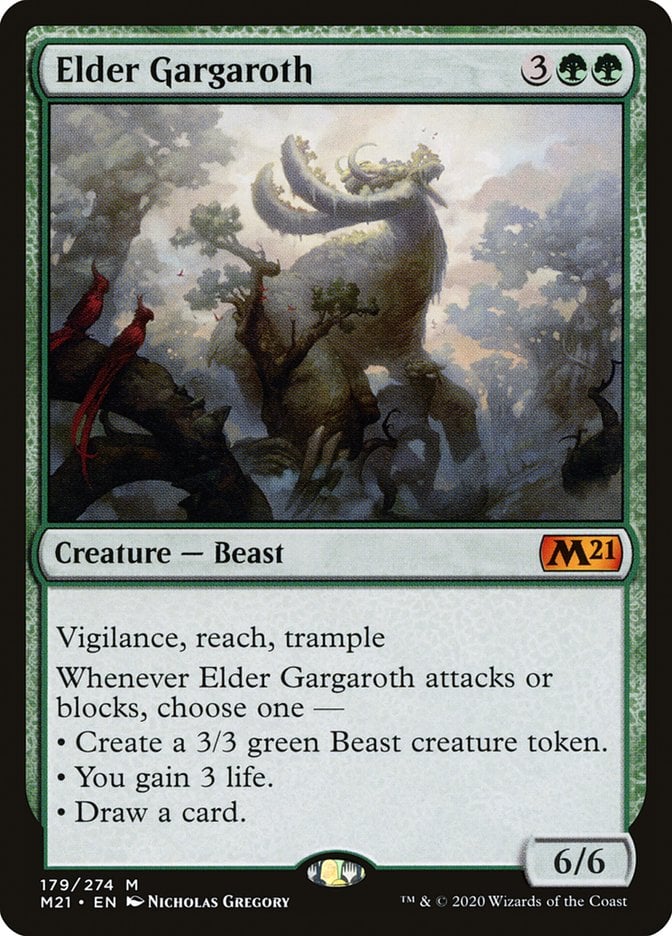

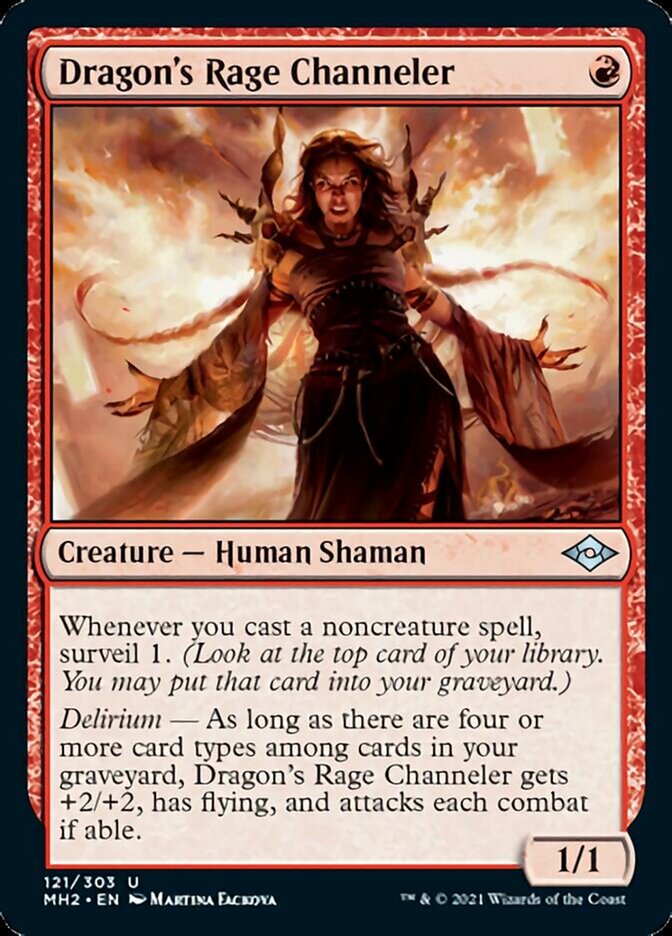
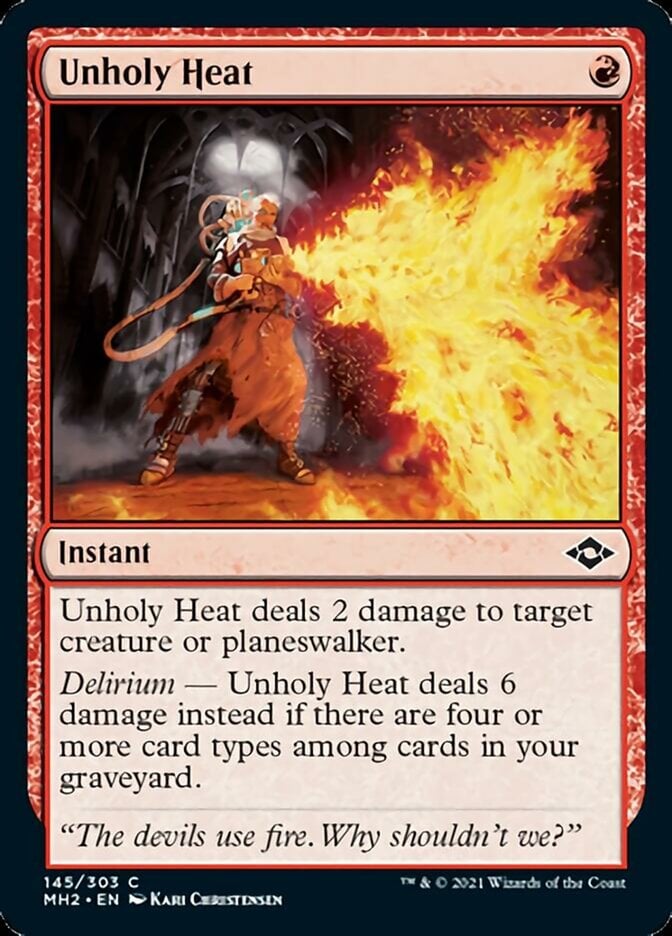
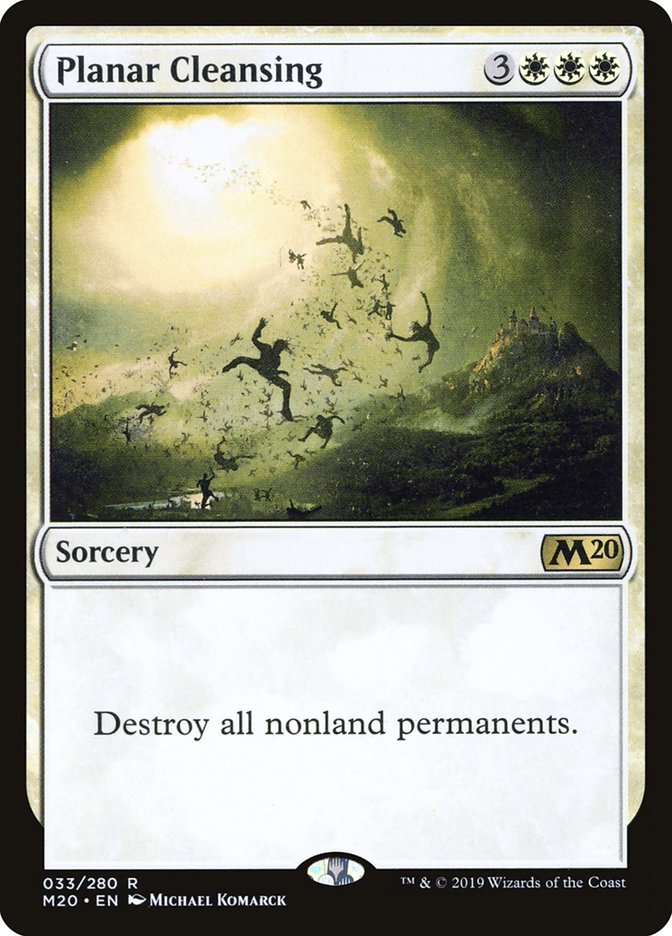

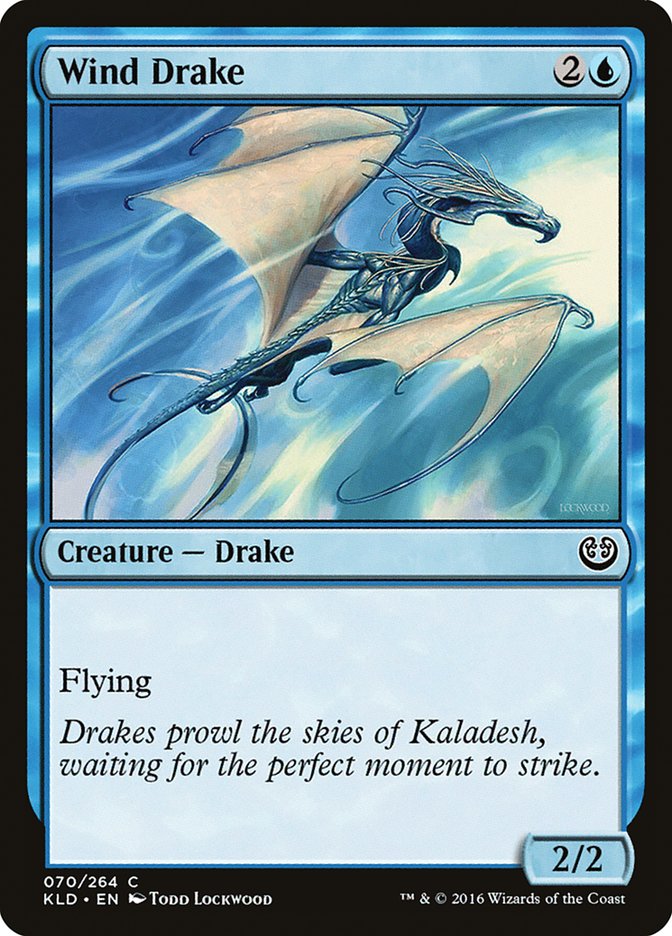
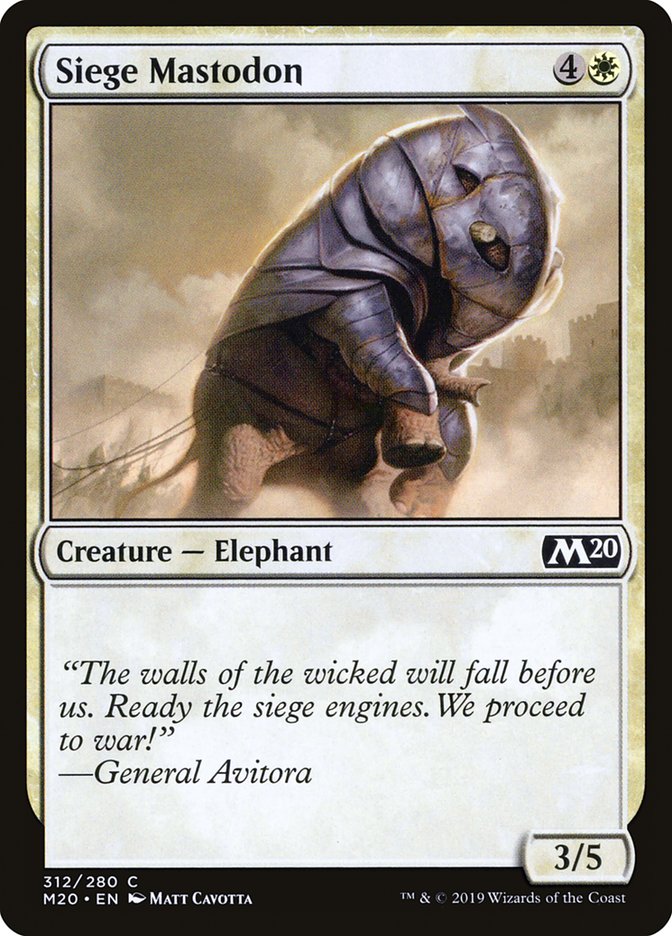
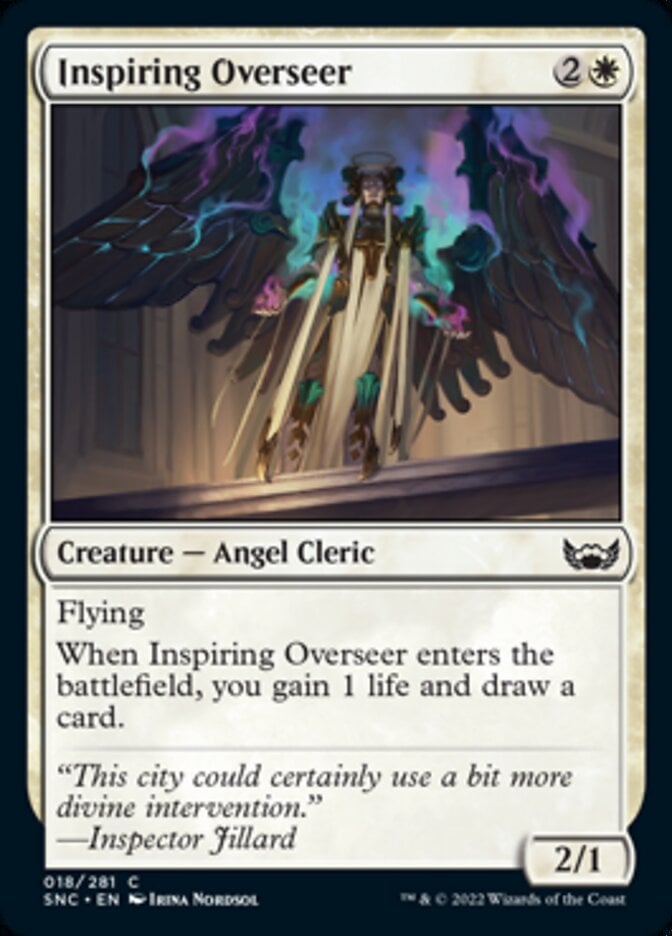
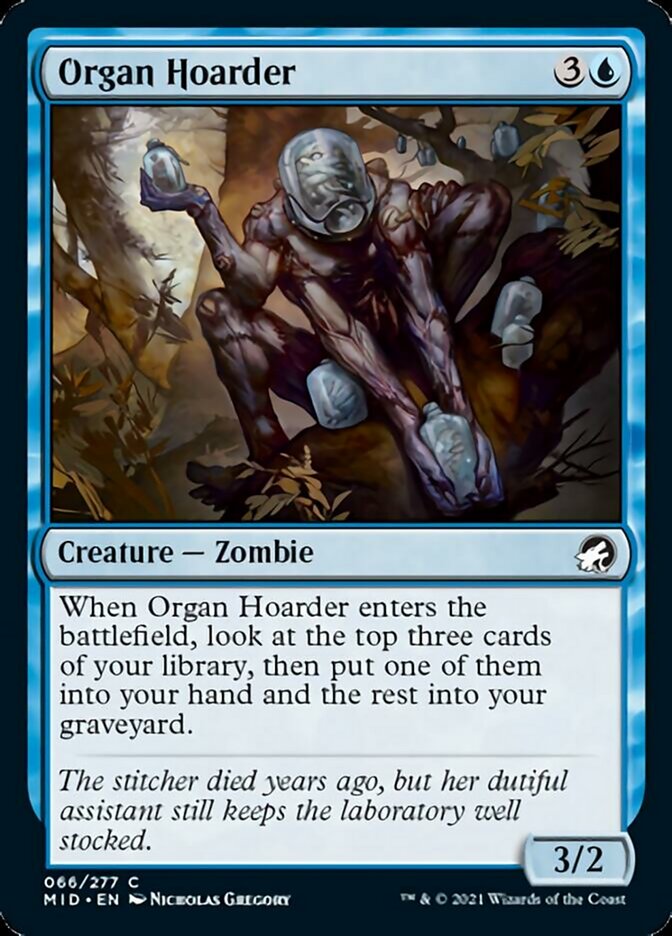
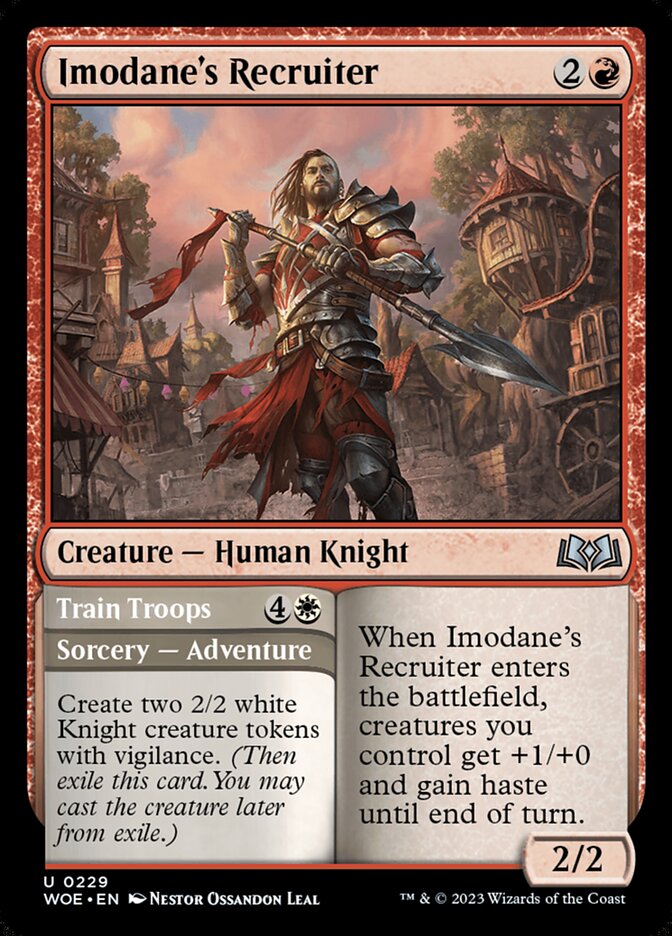

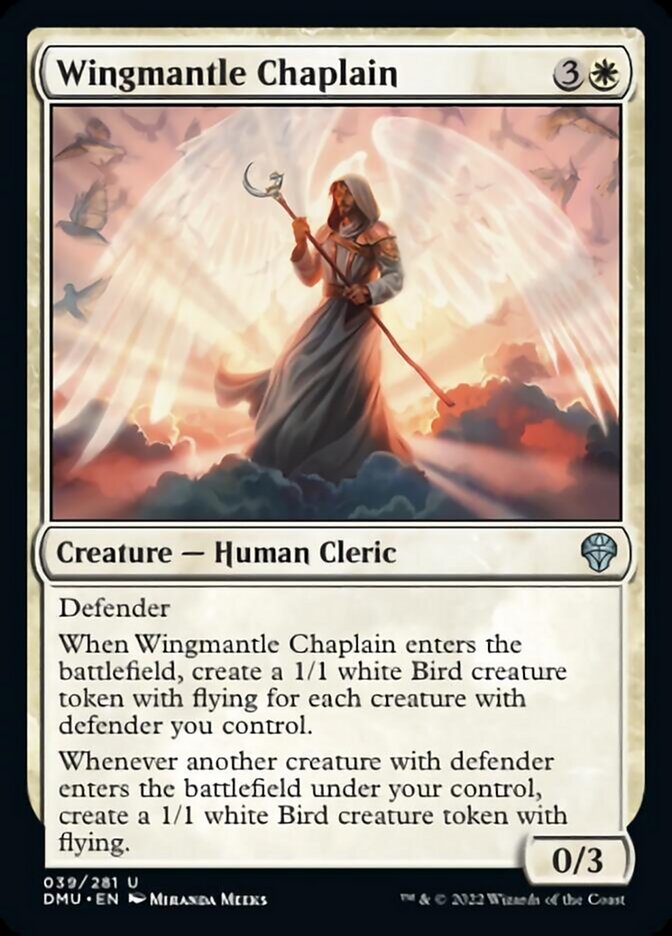
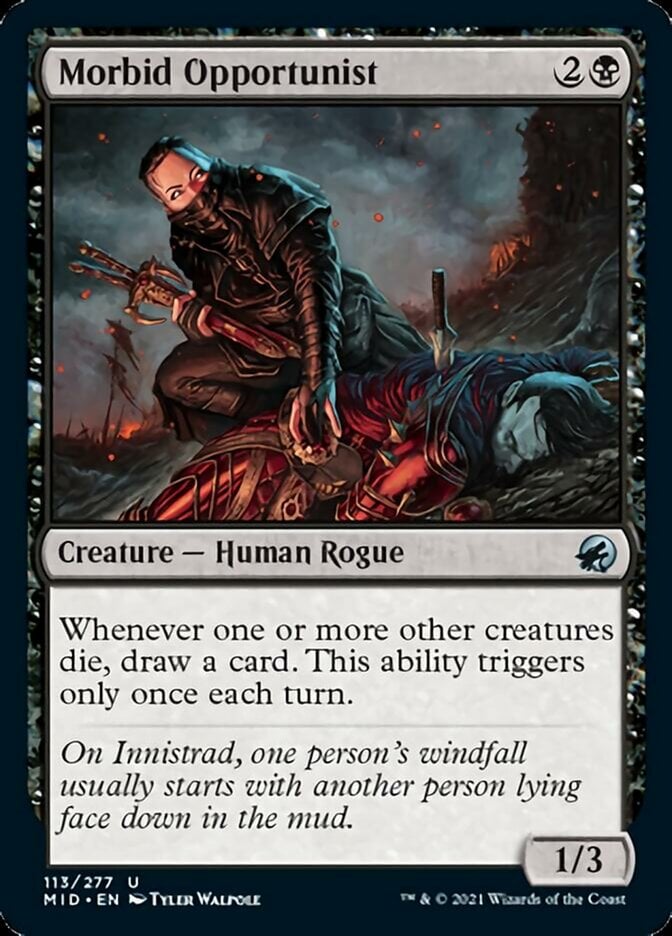
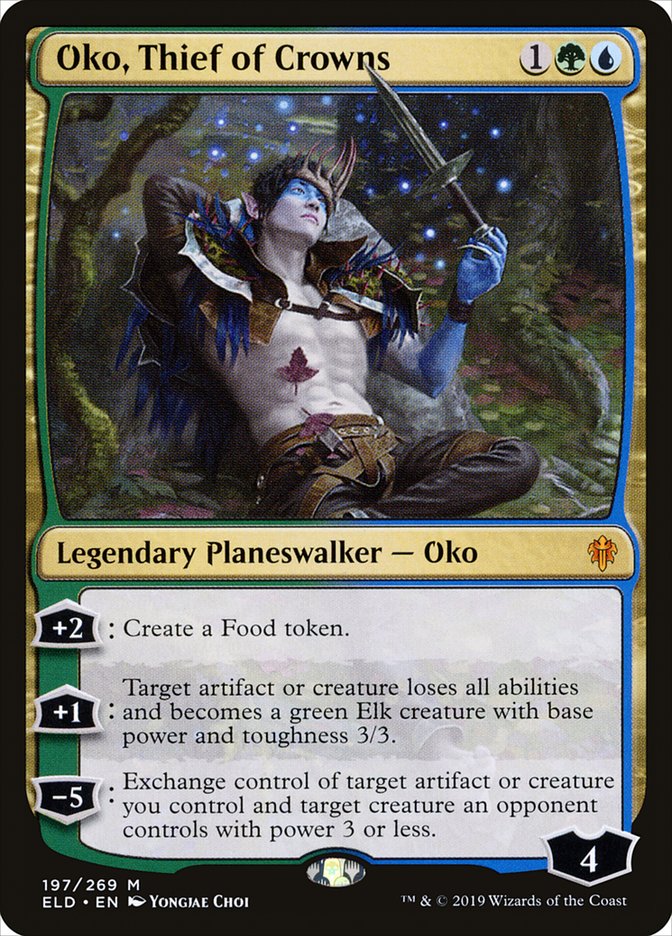

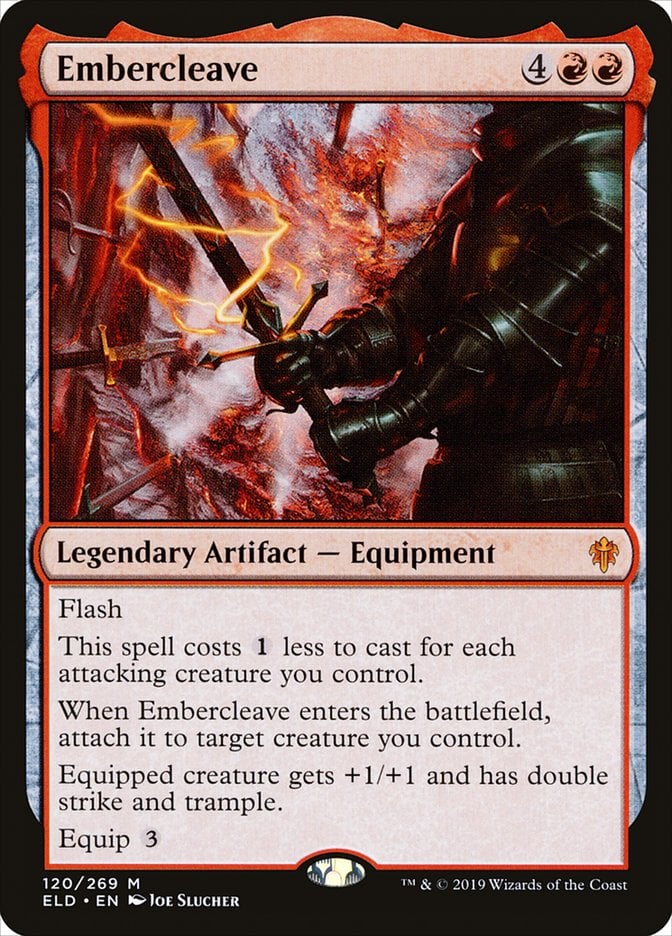

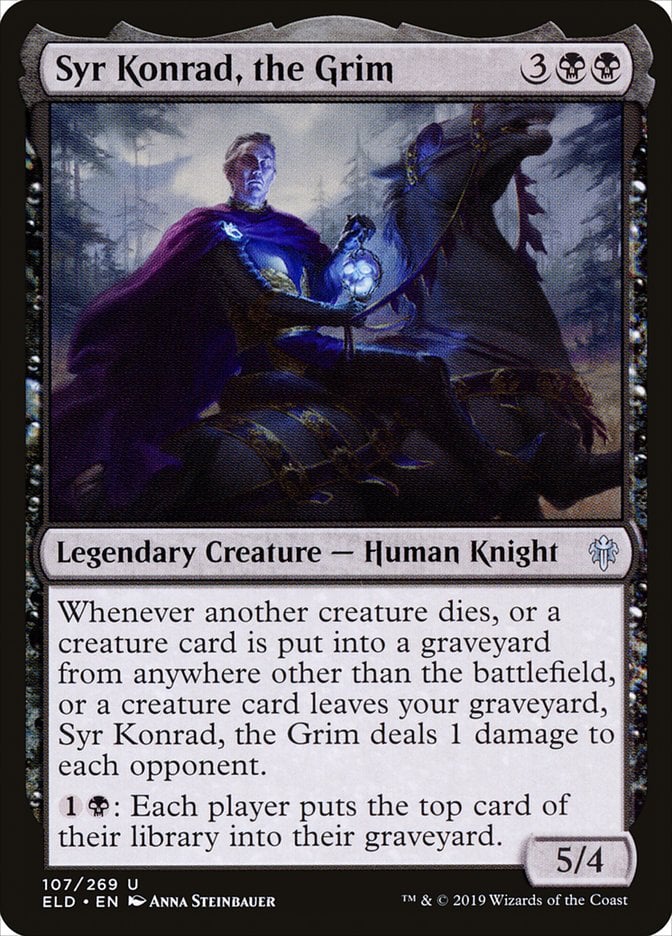
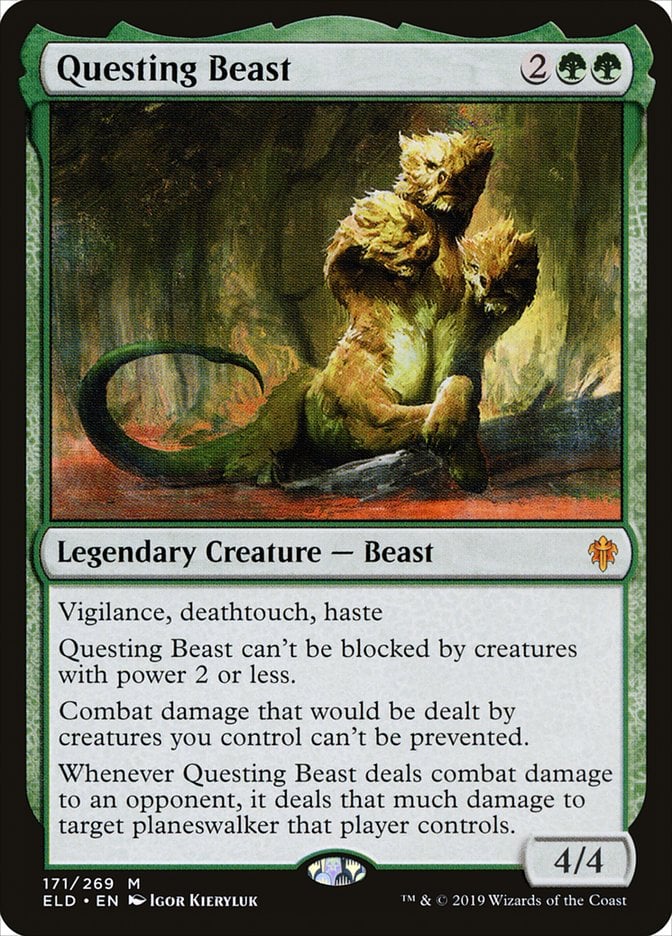
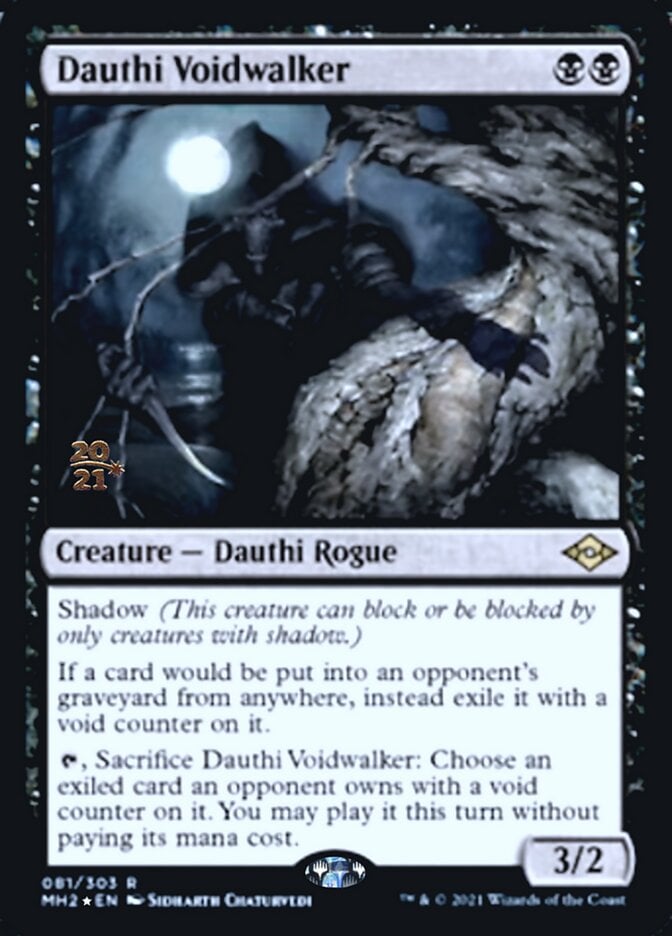
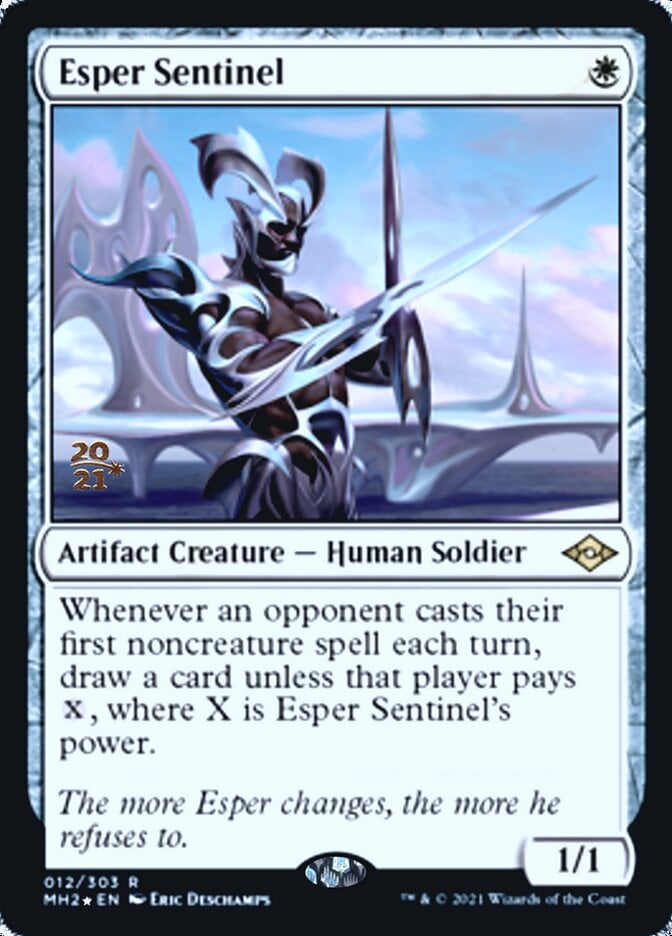
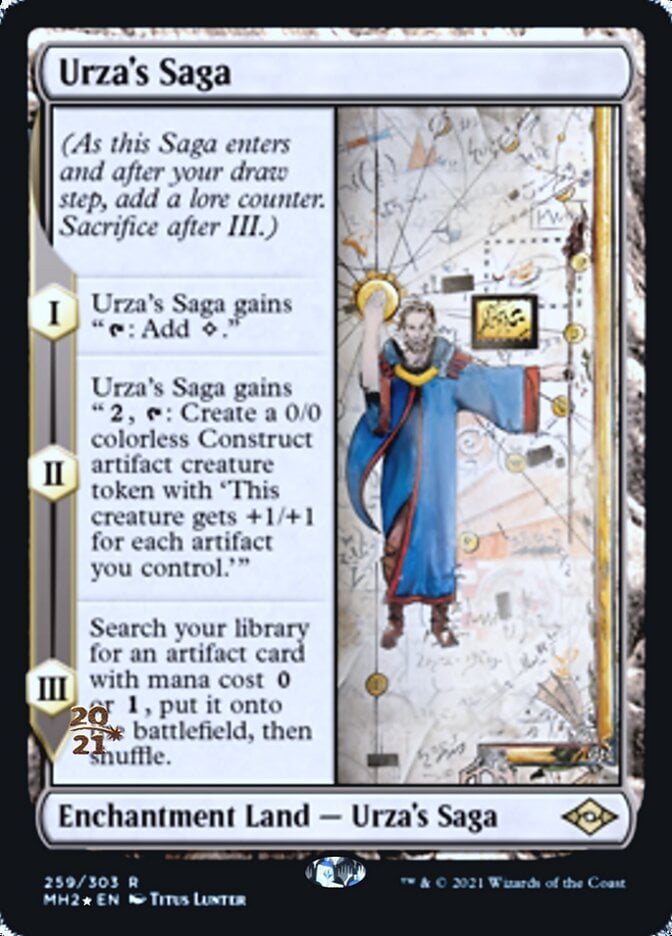
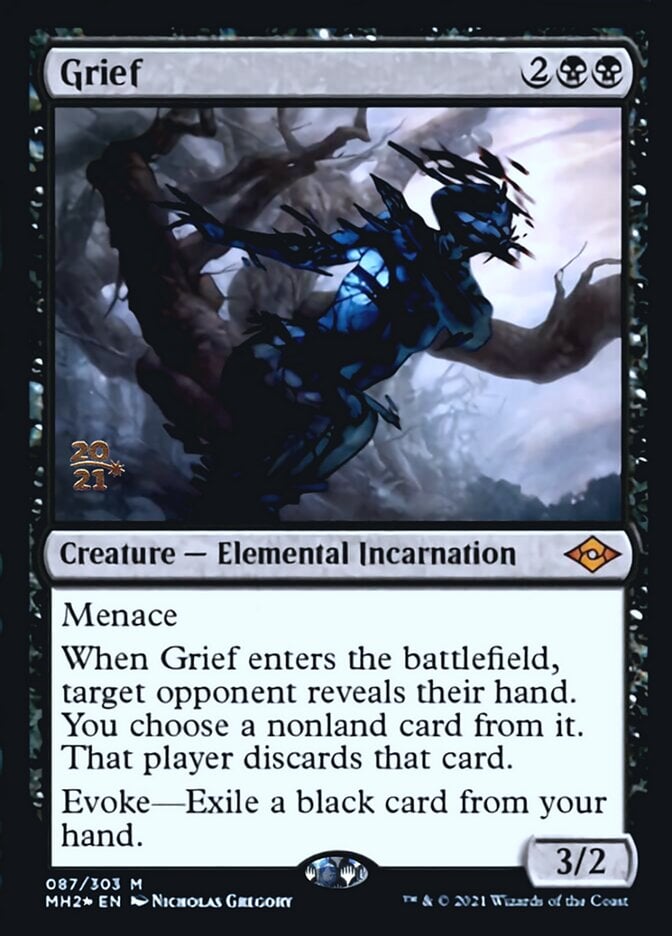
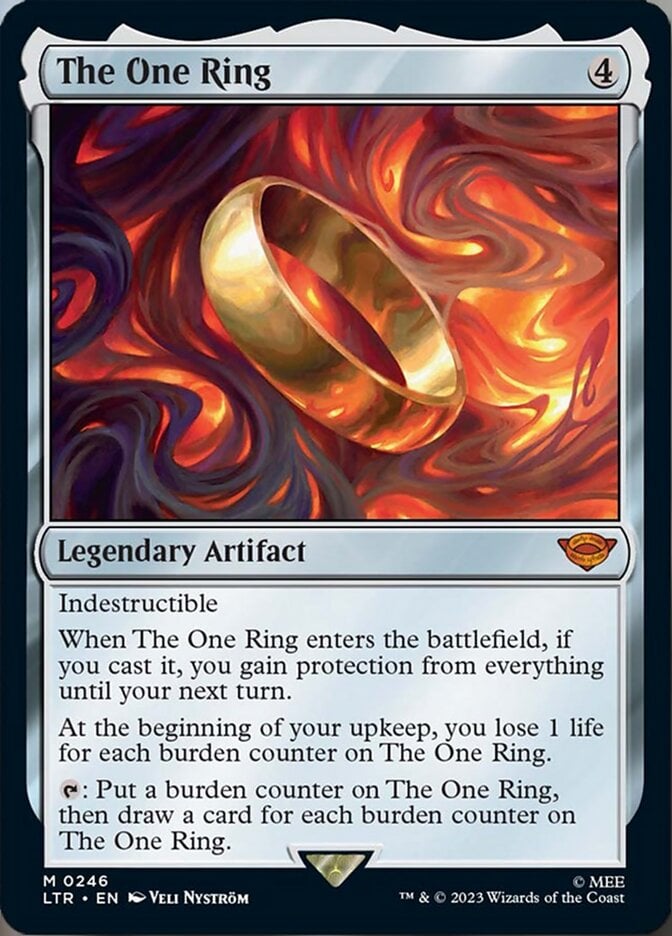
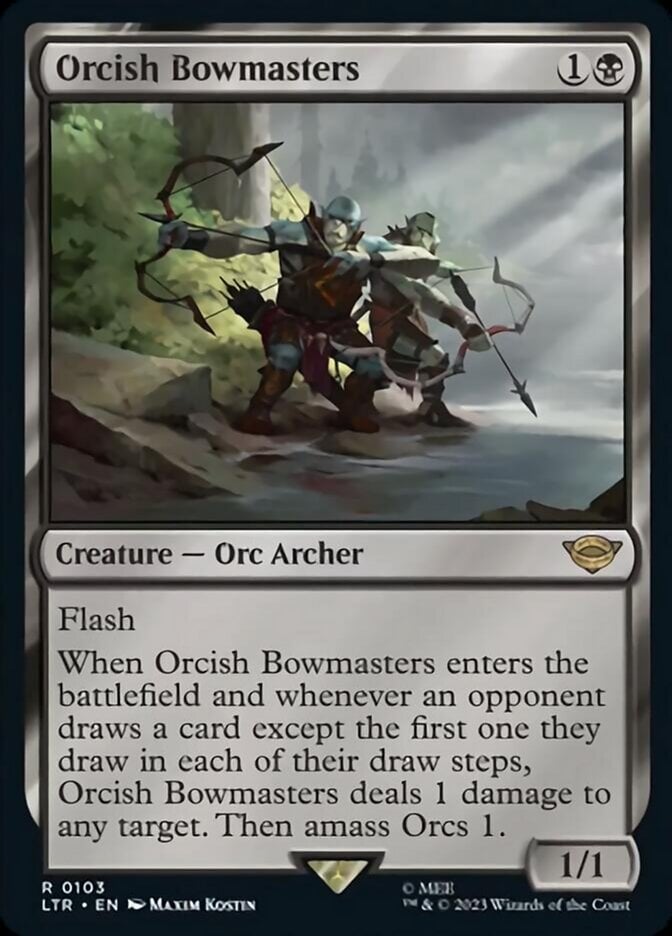
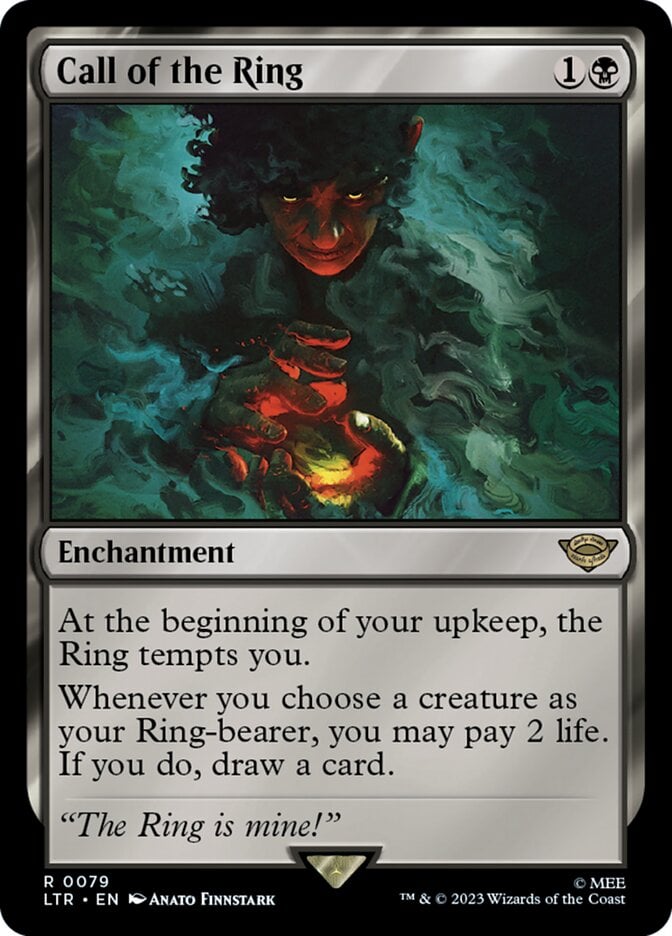

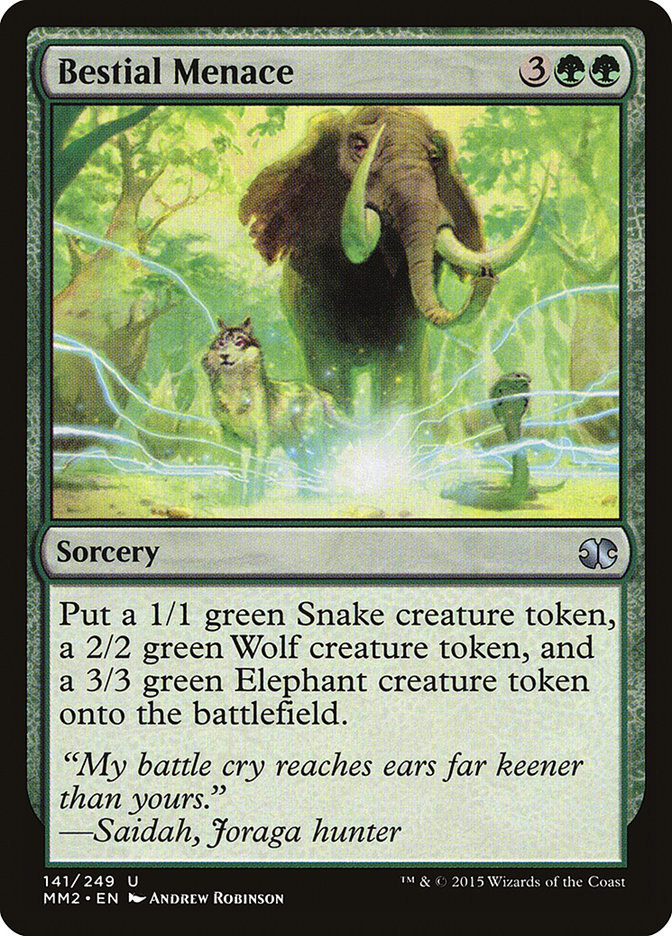
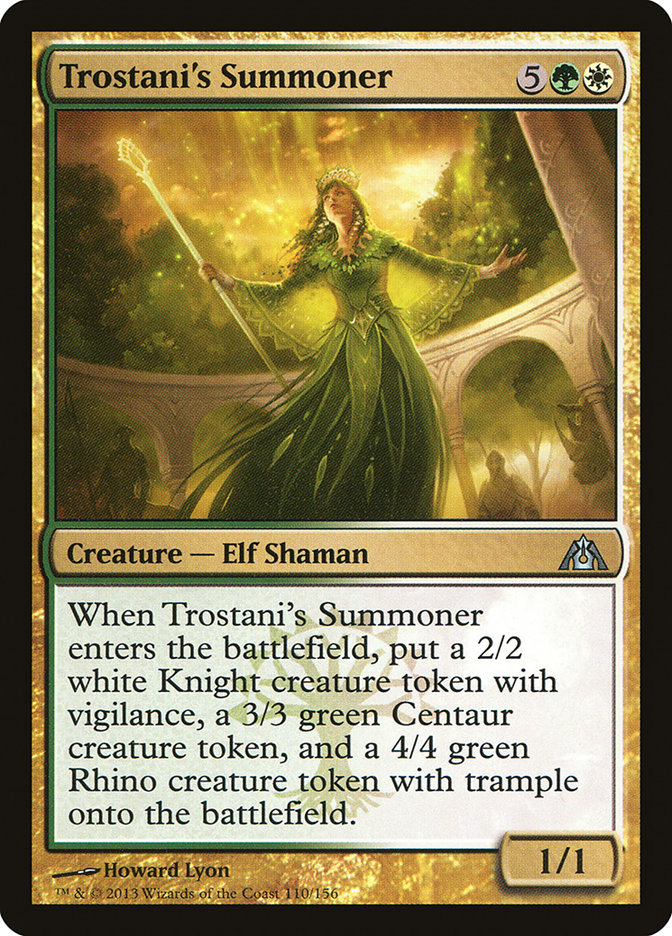


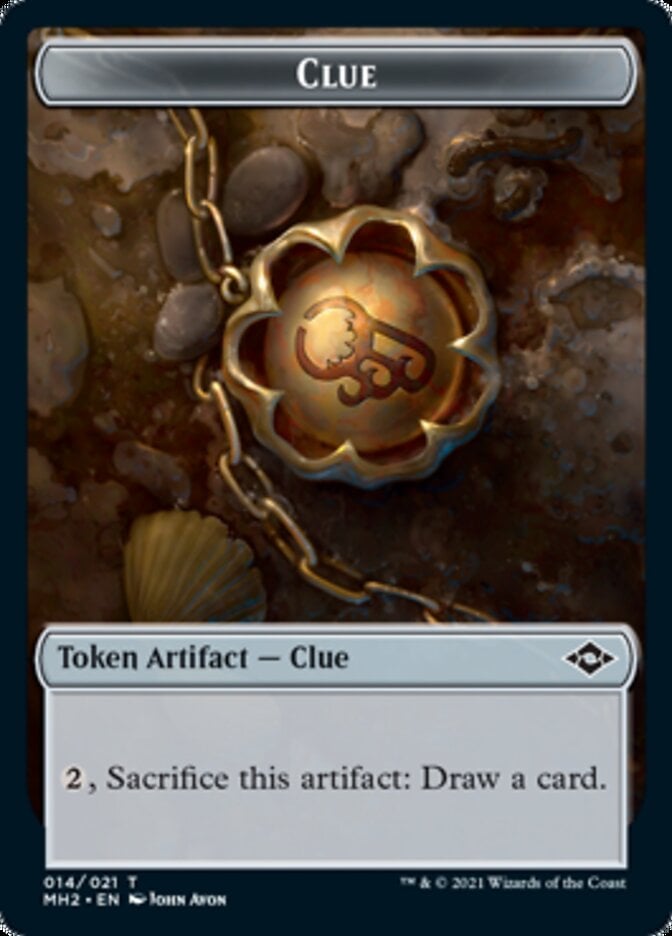
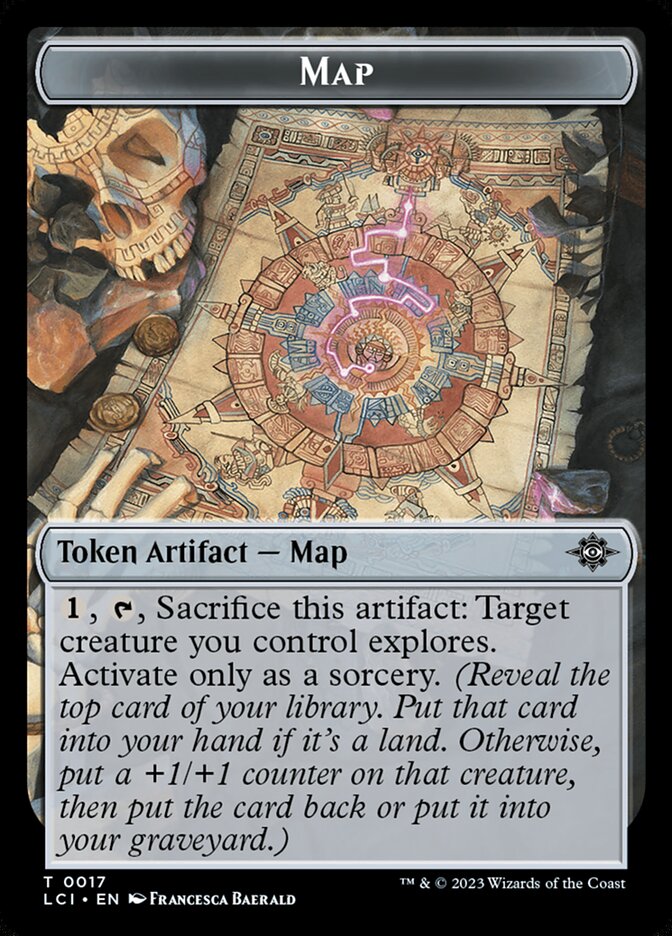
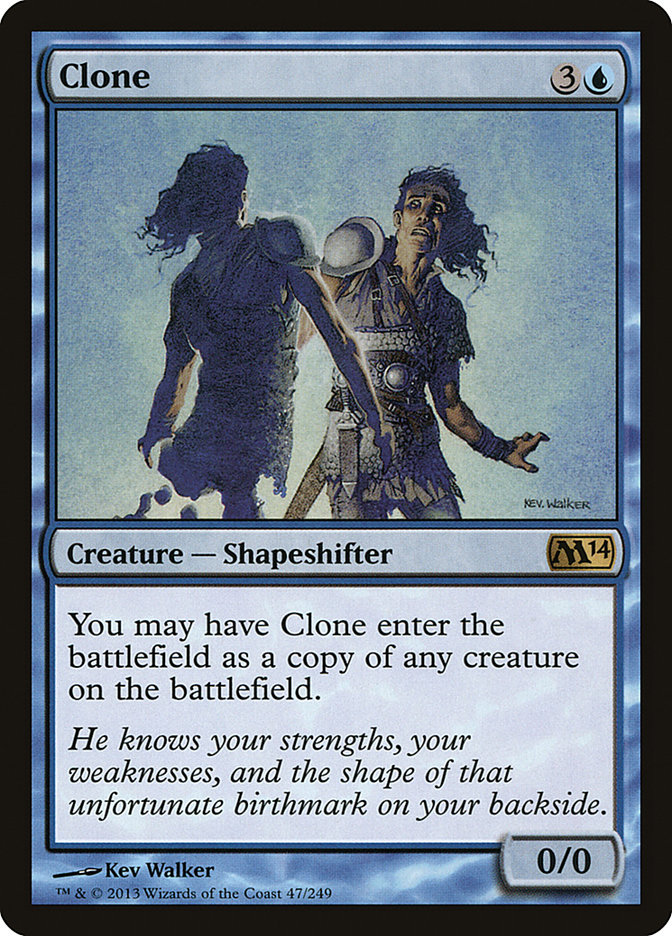
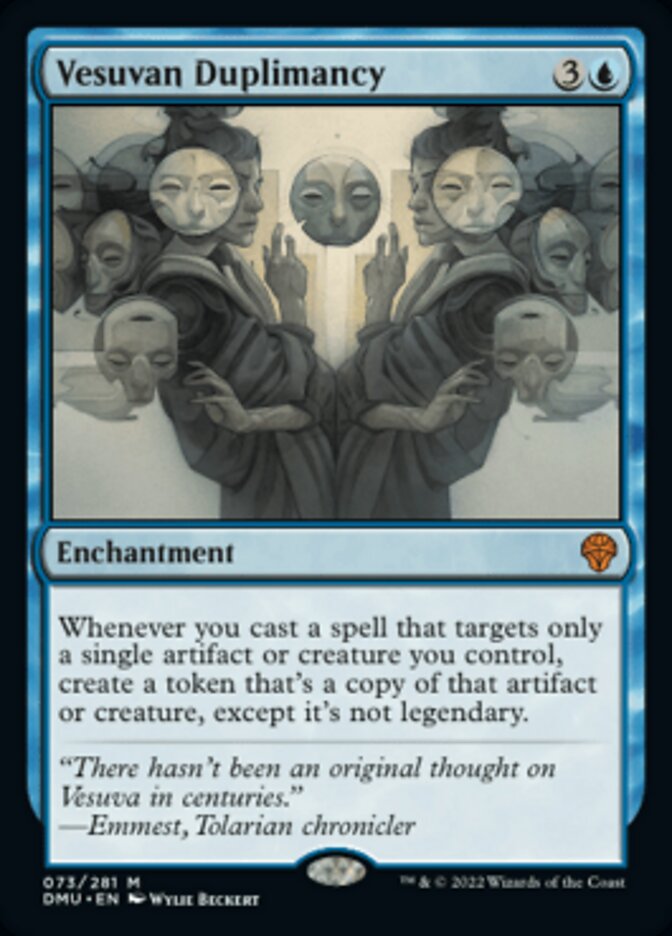
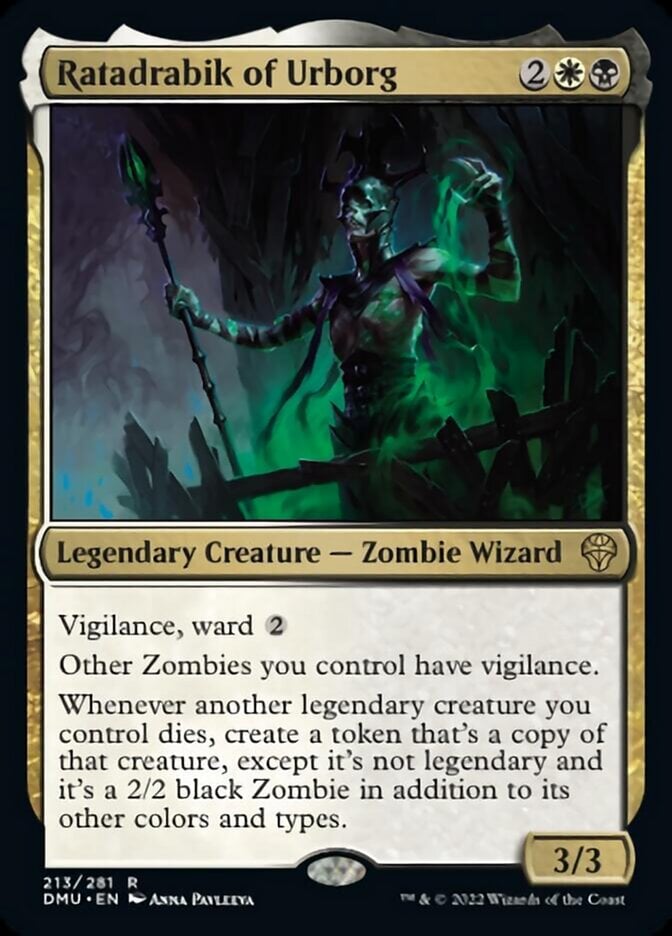
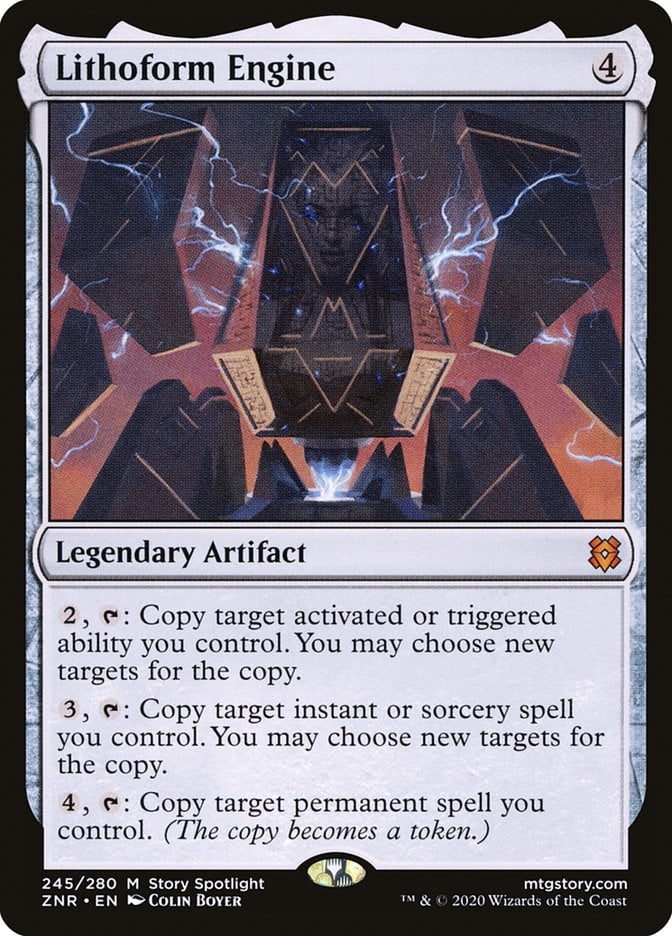
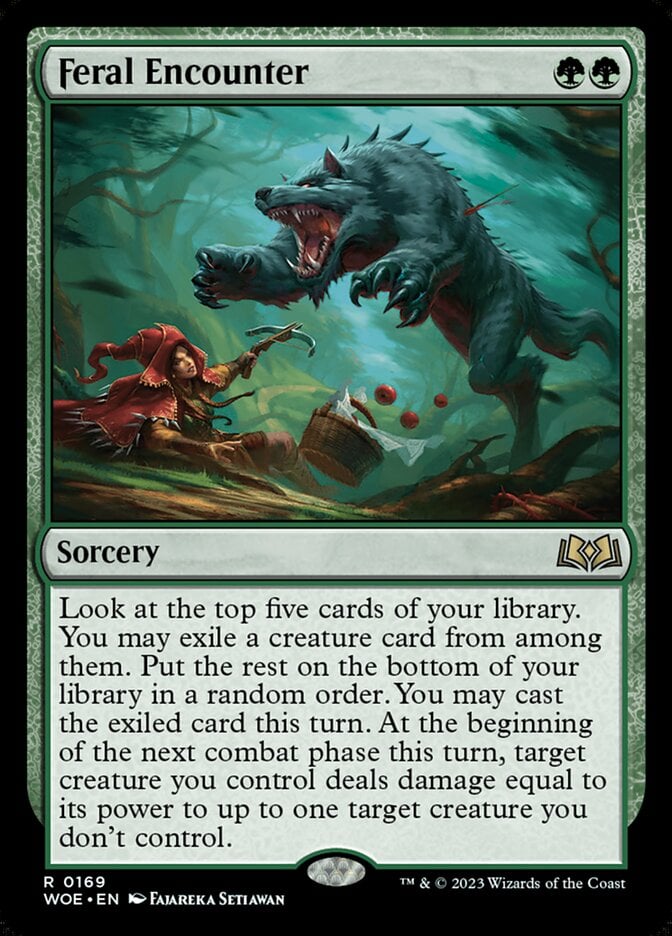
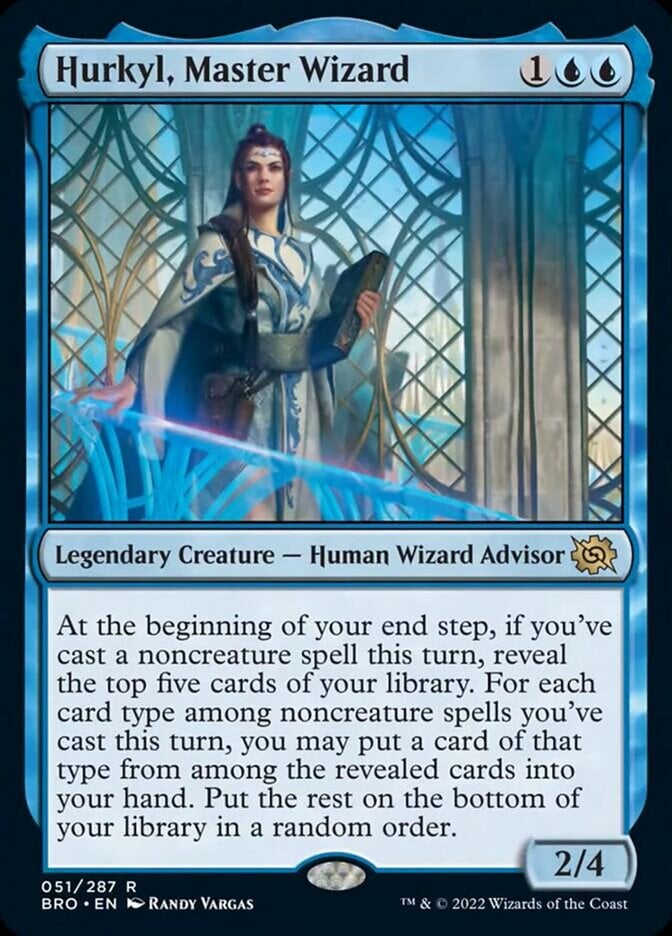

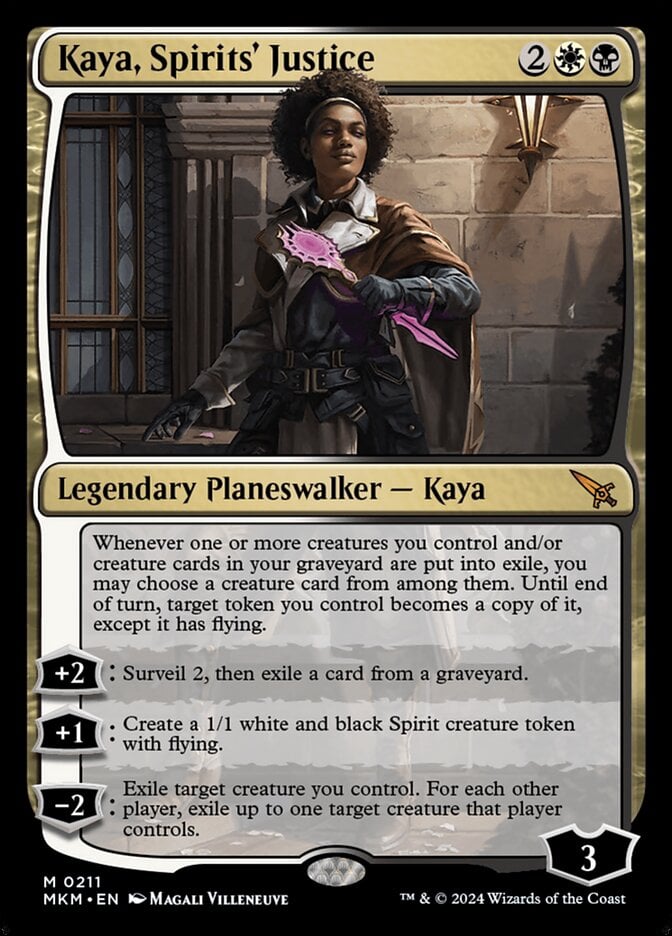
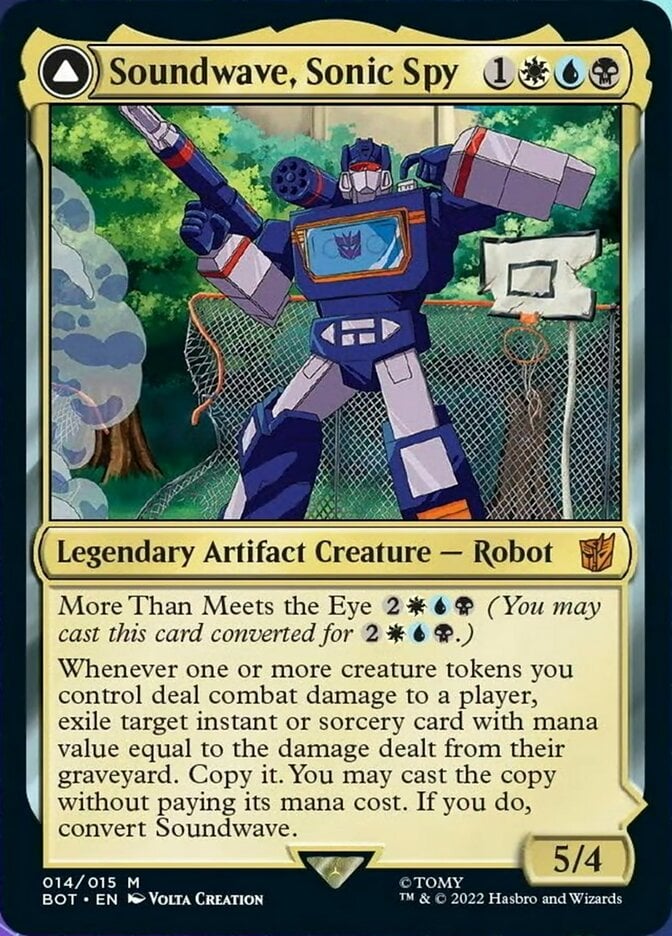
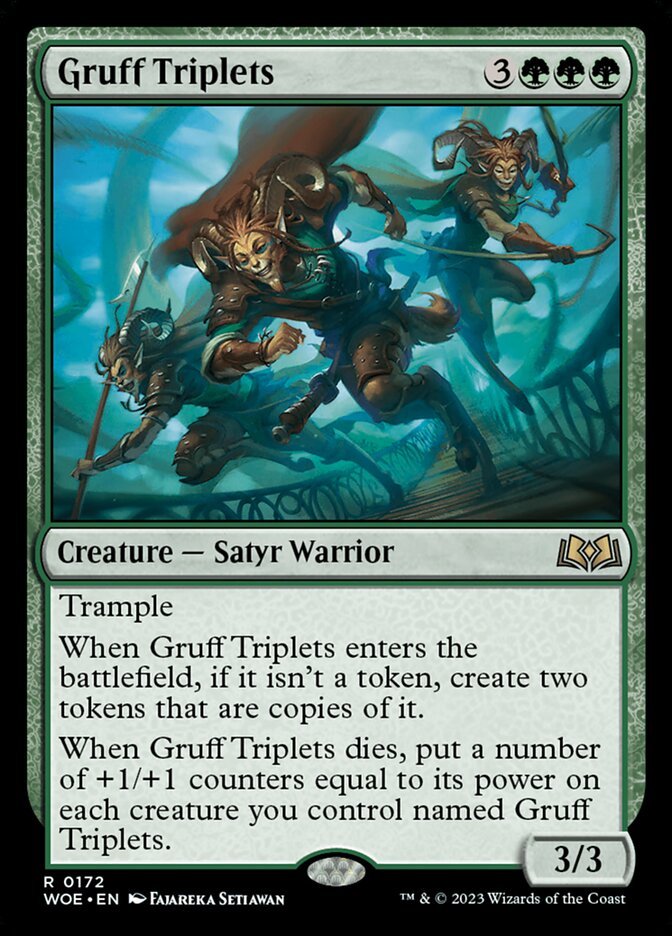
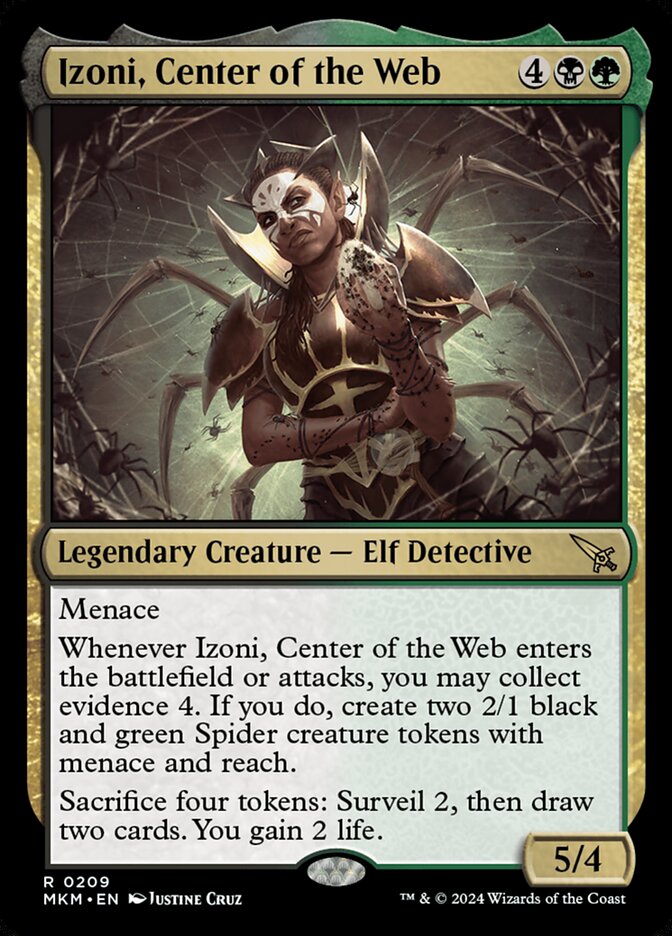
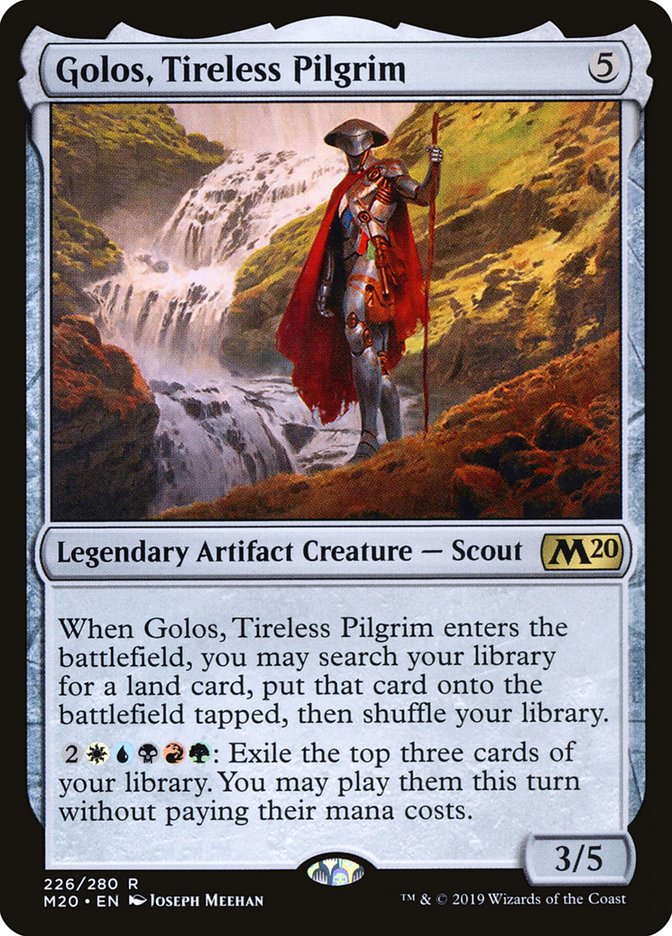

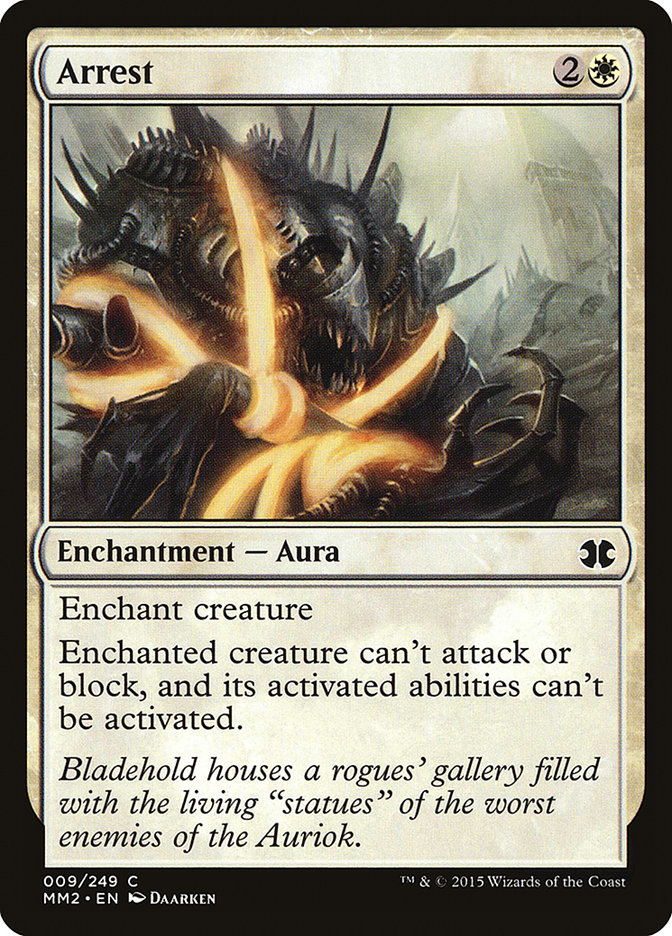
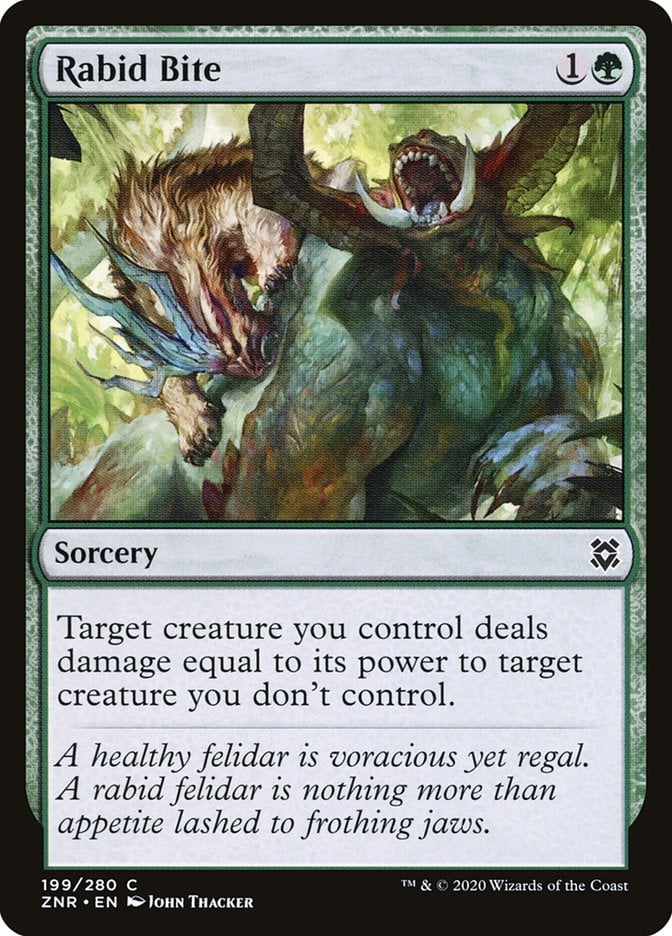
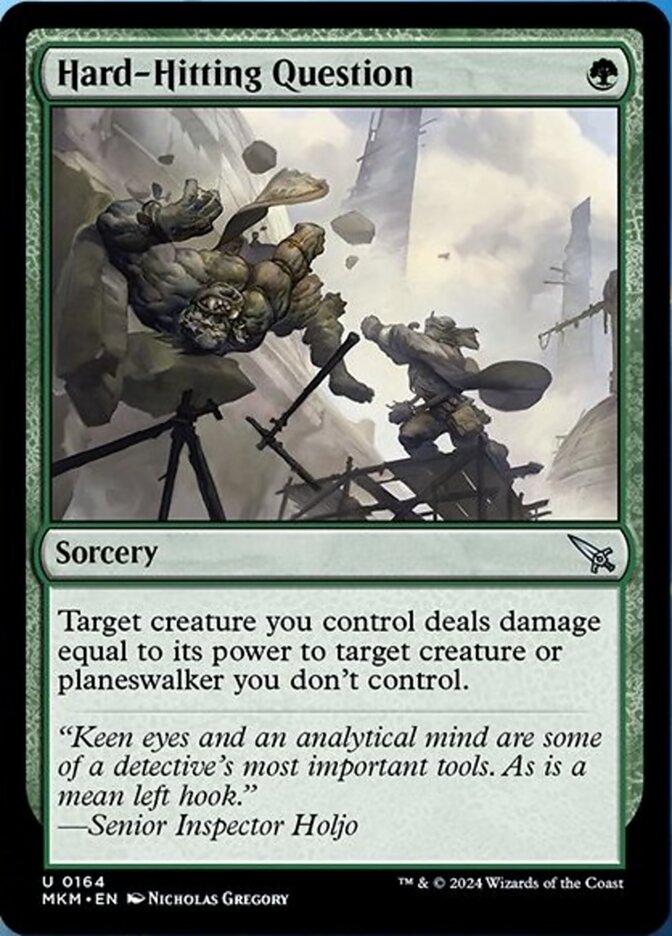
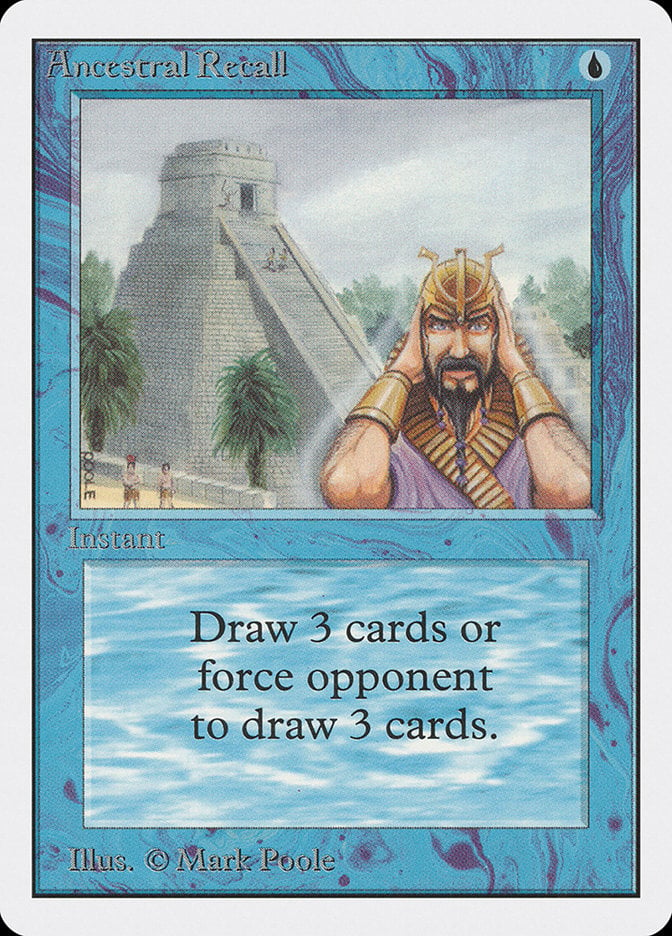

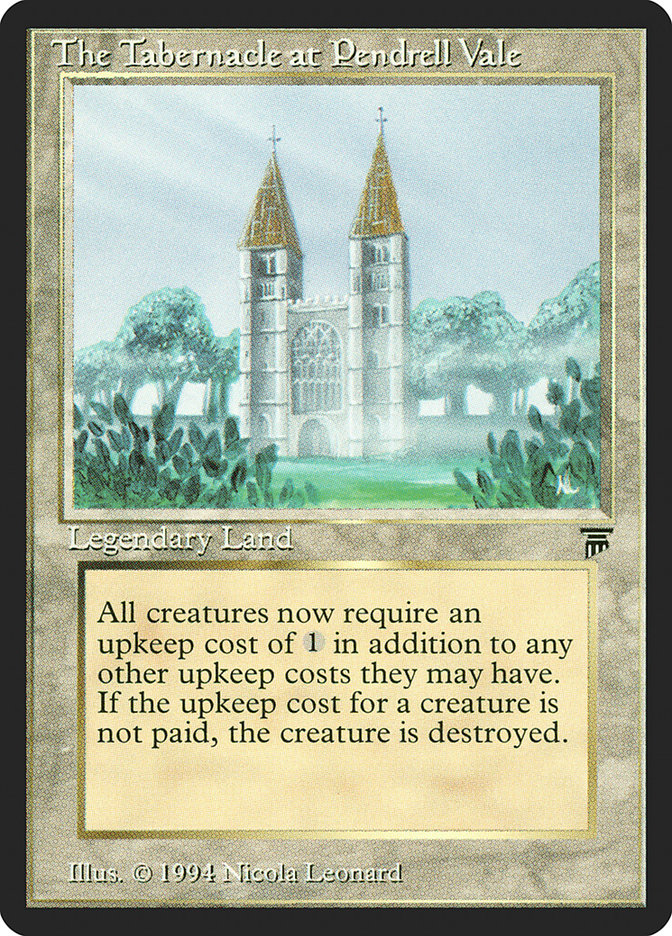
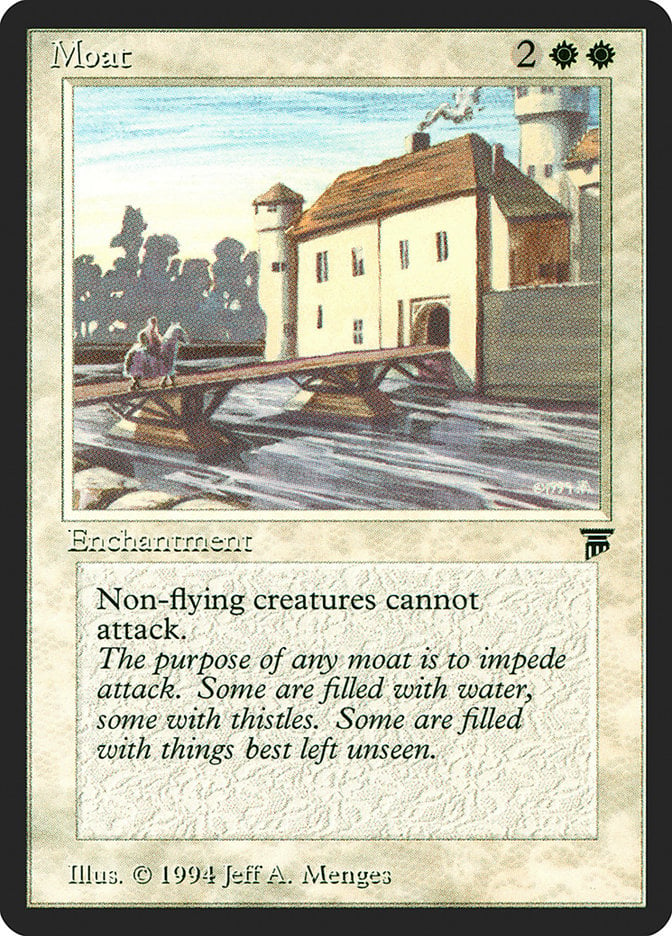
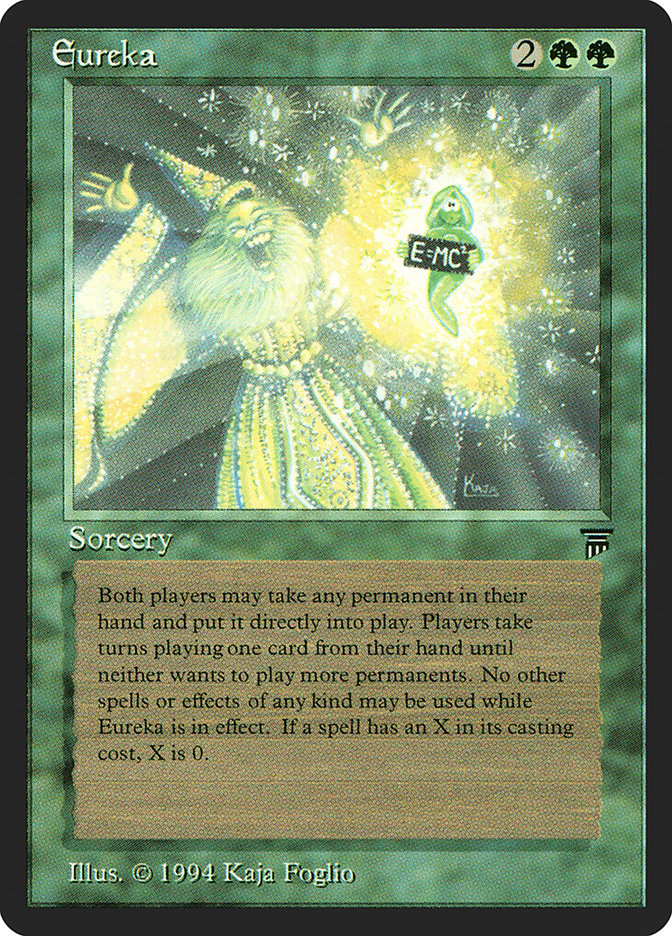


Add Comment